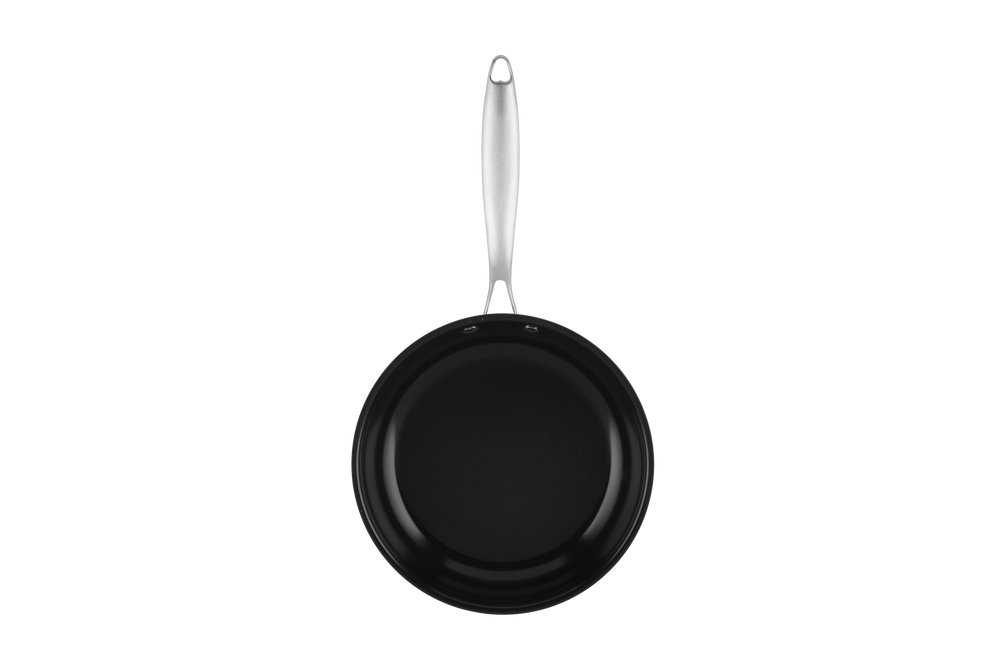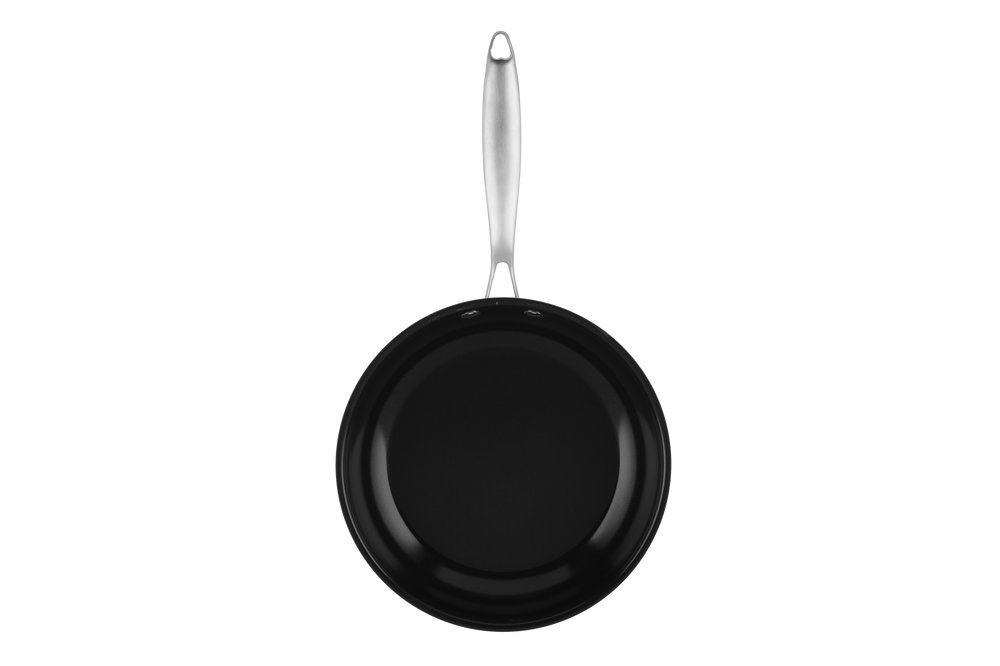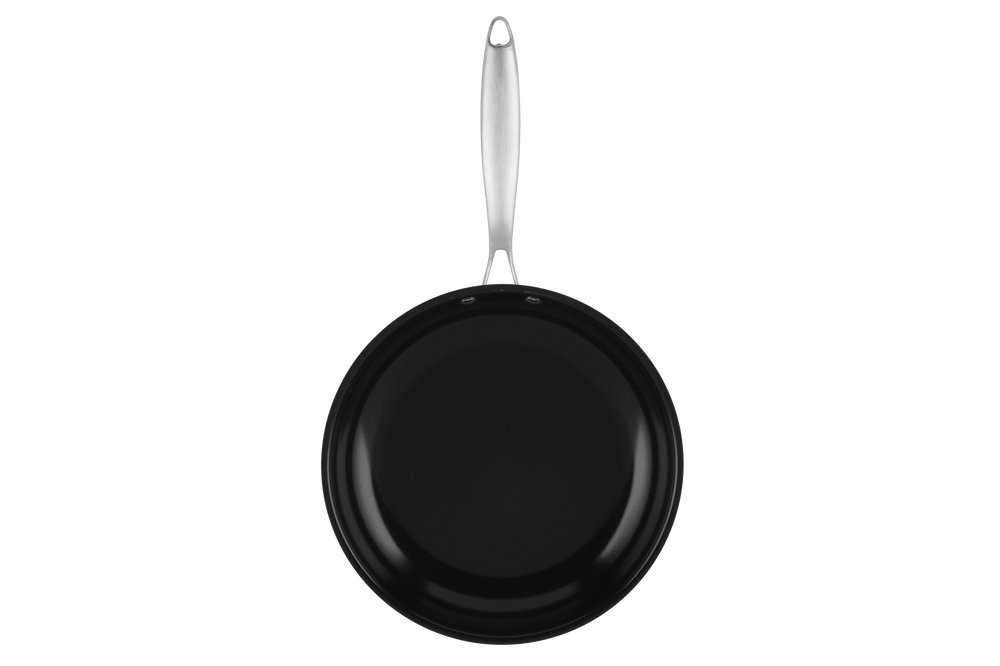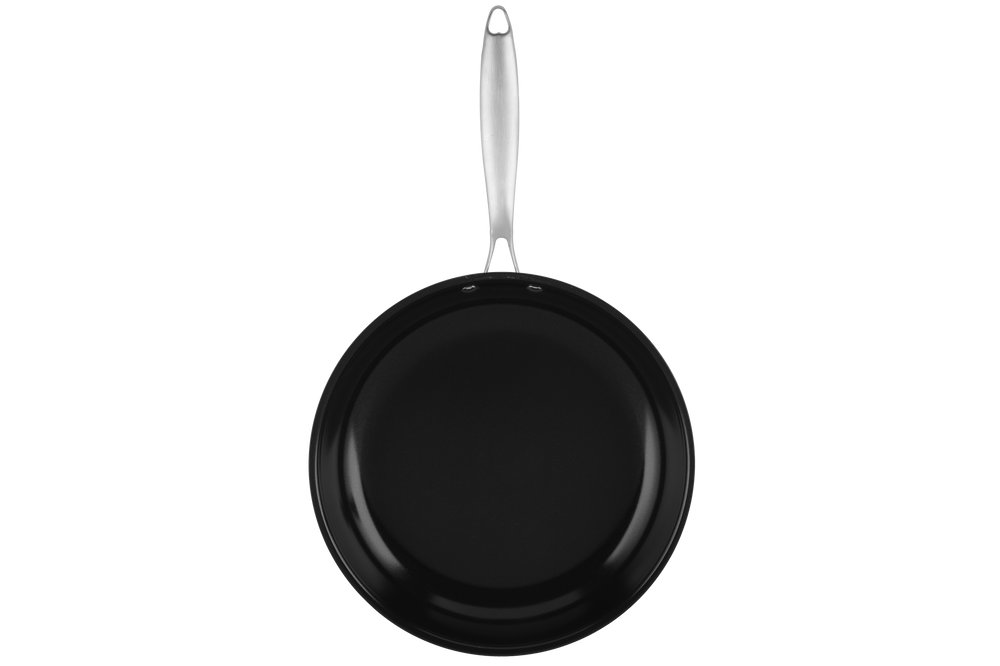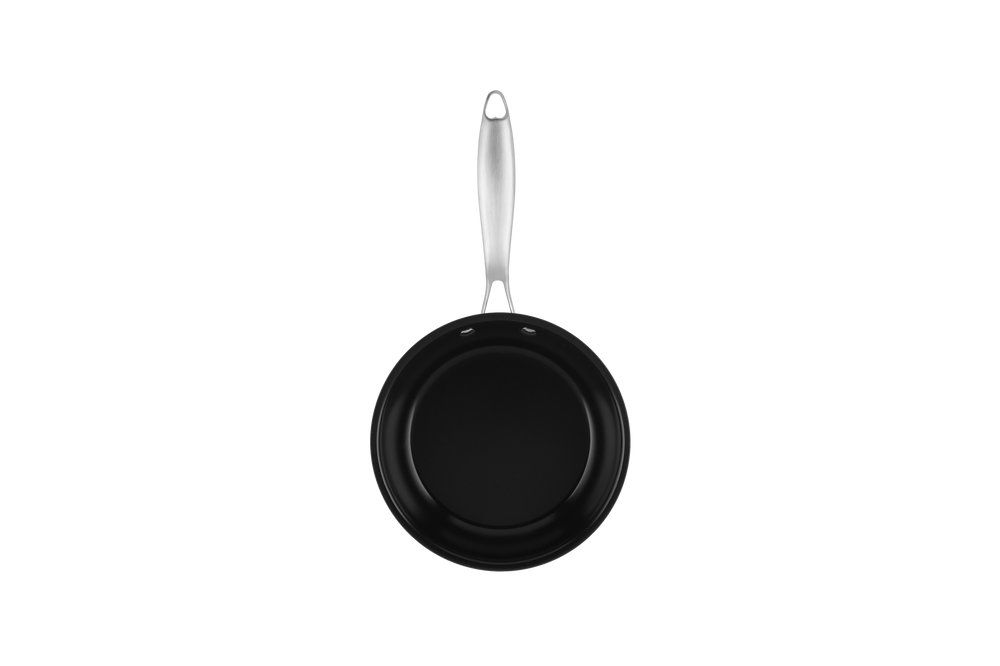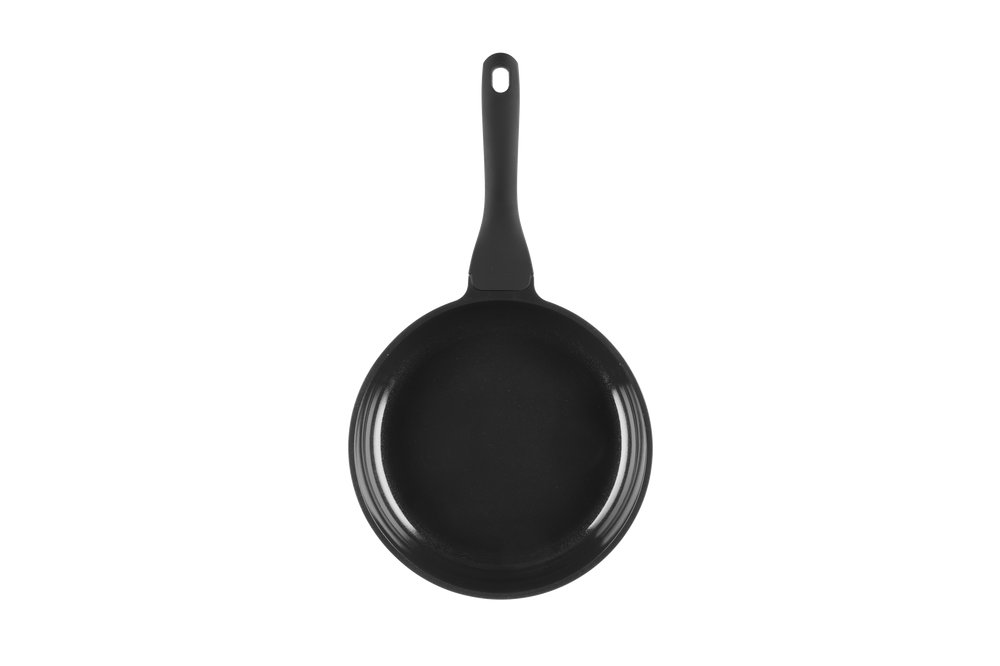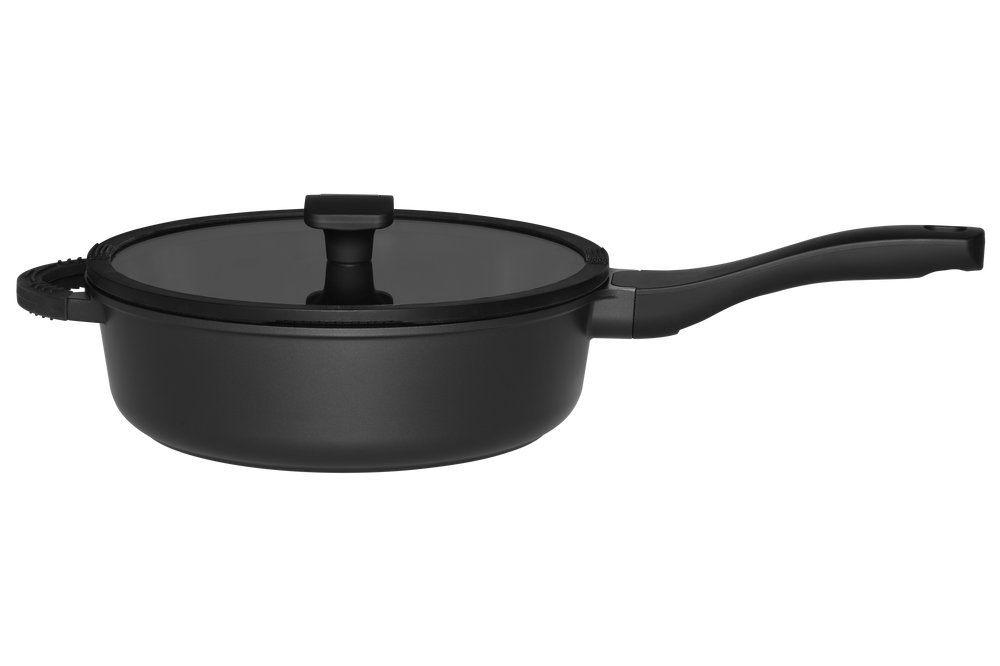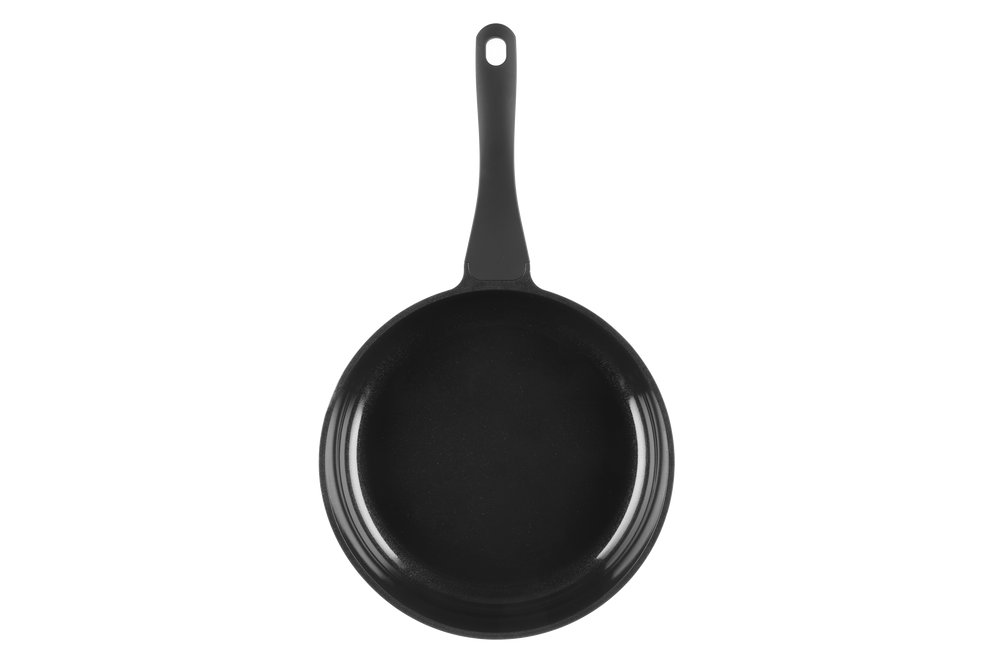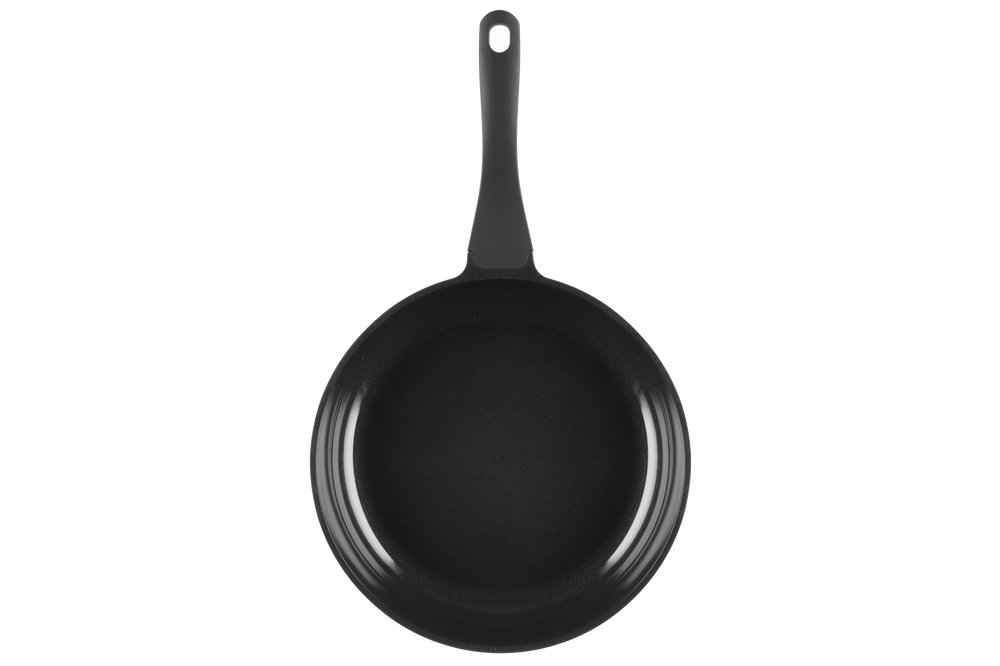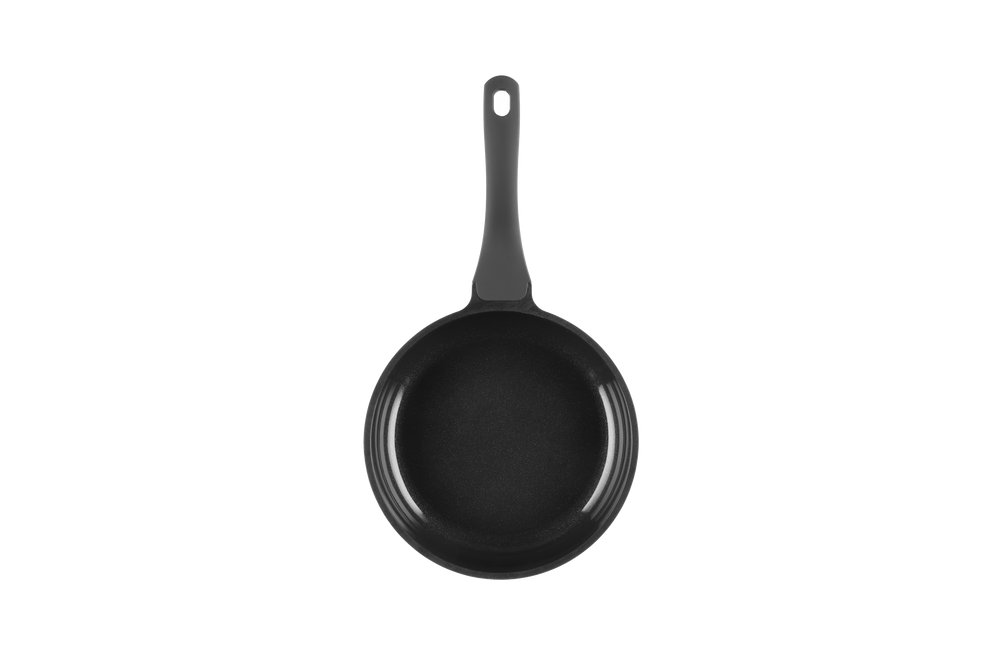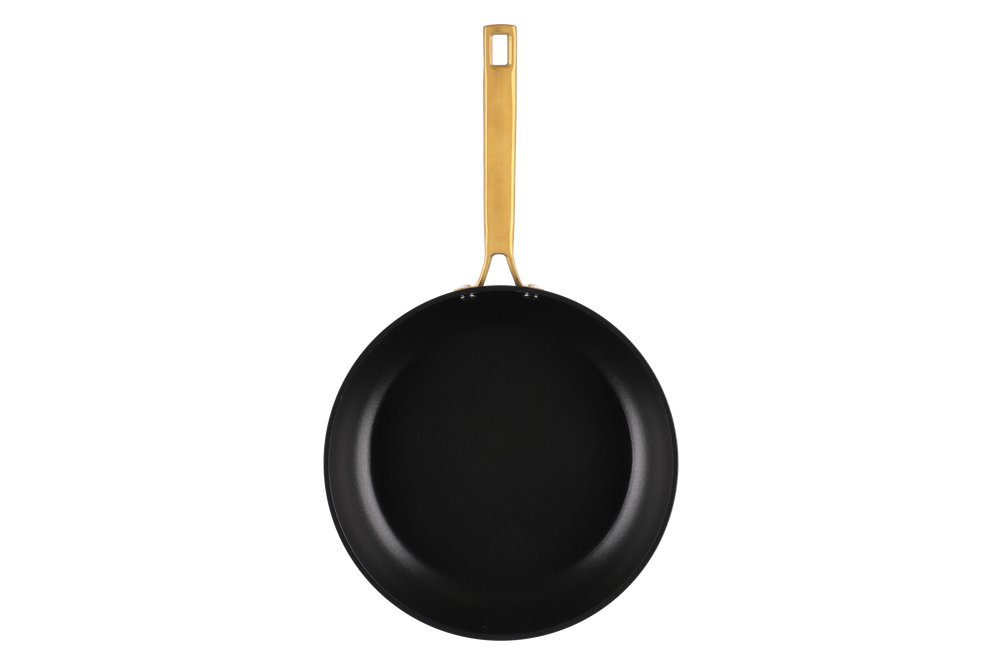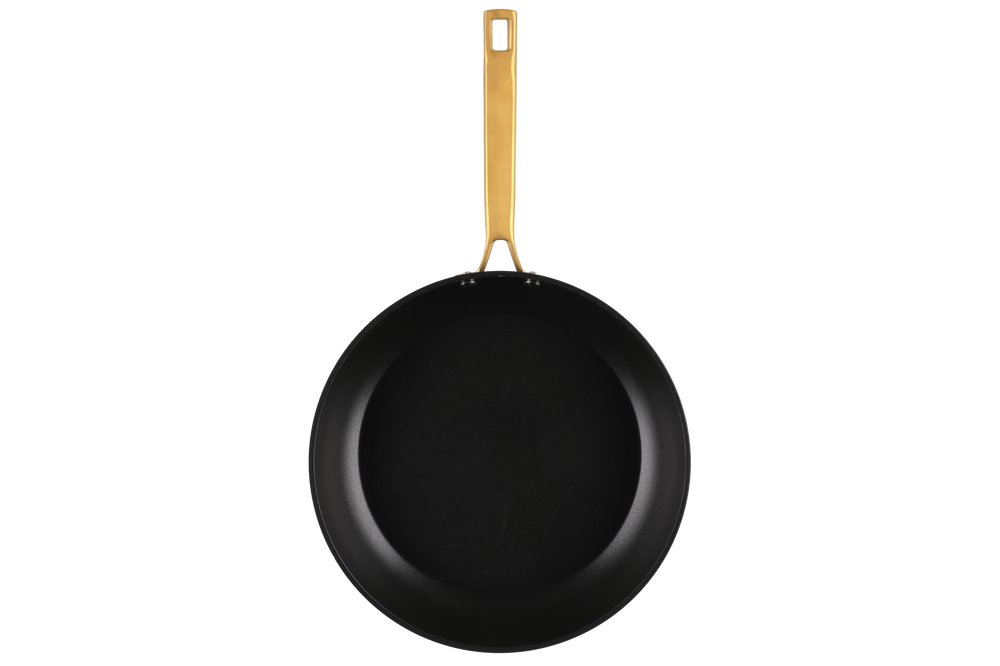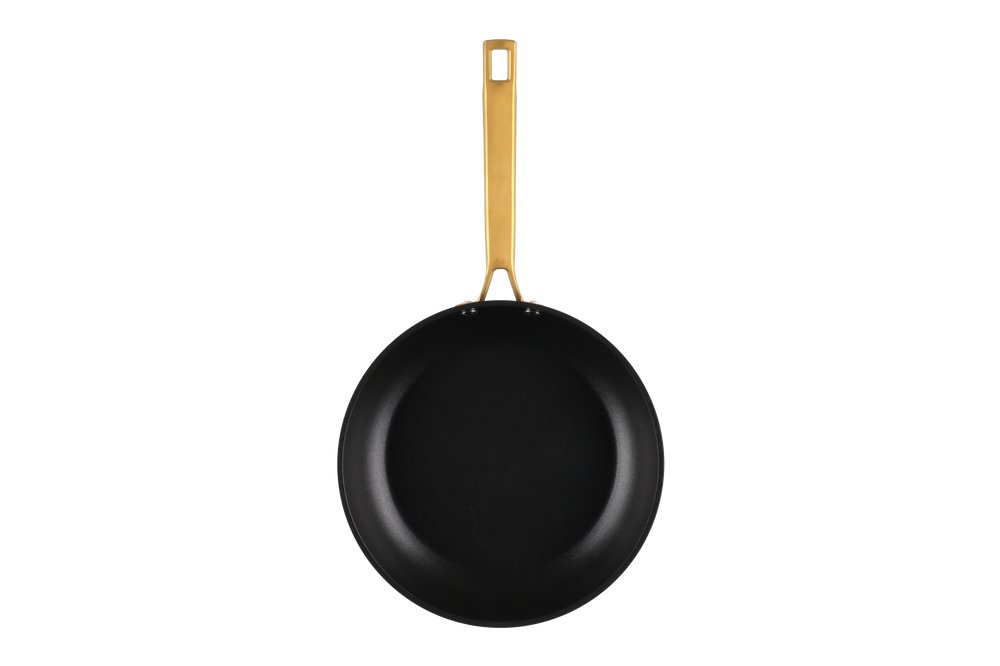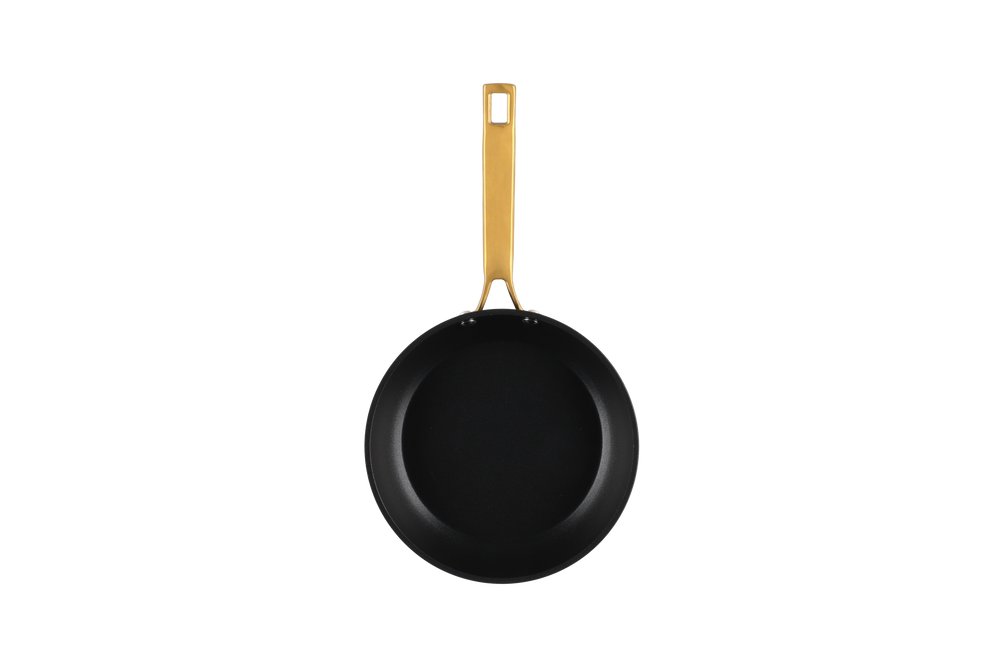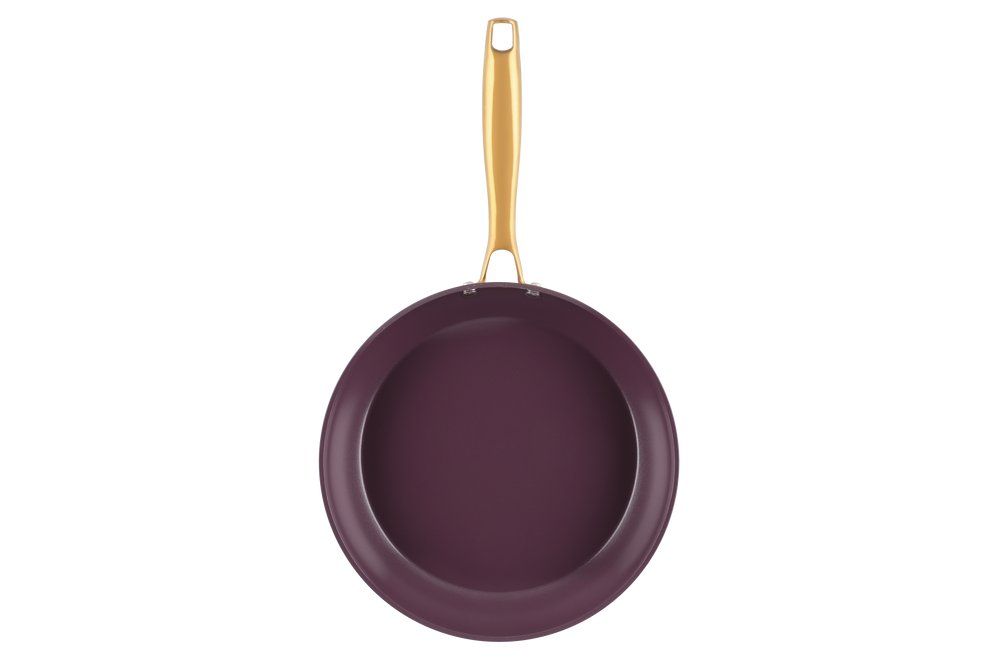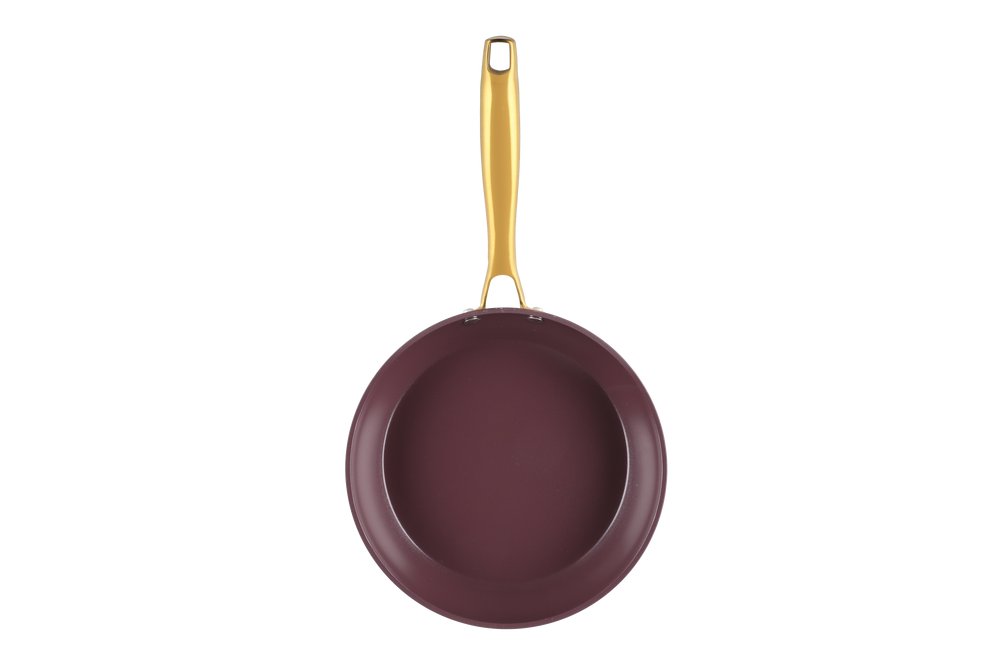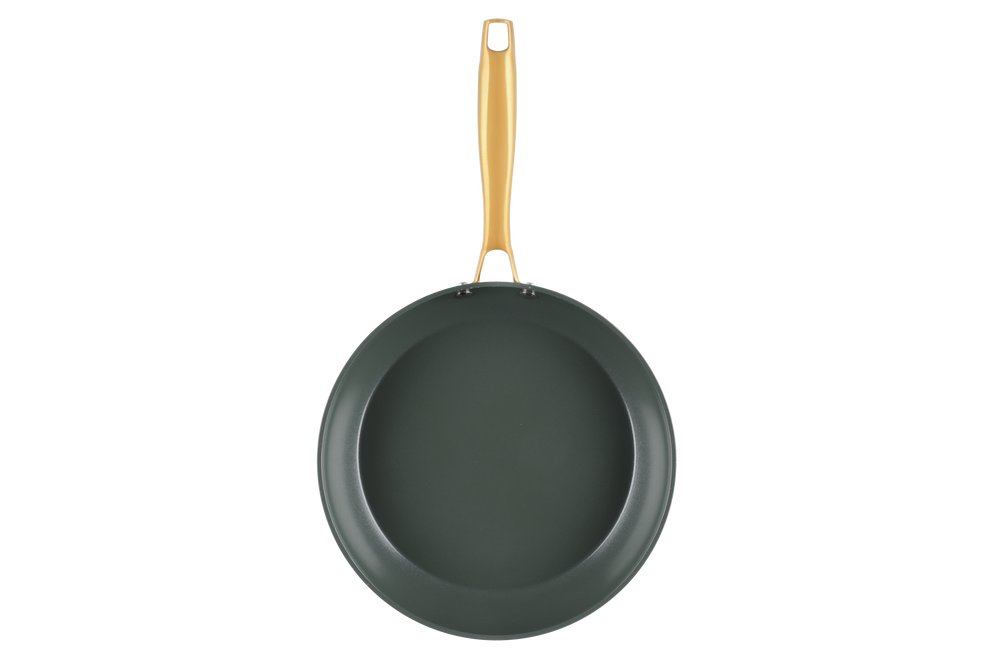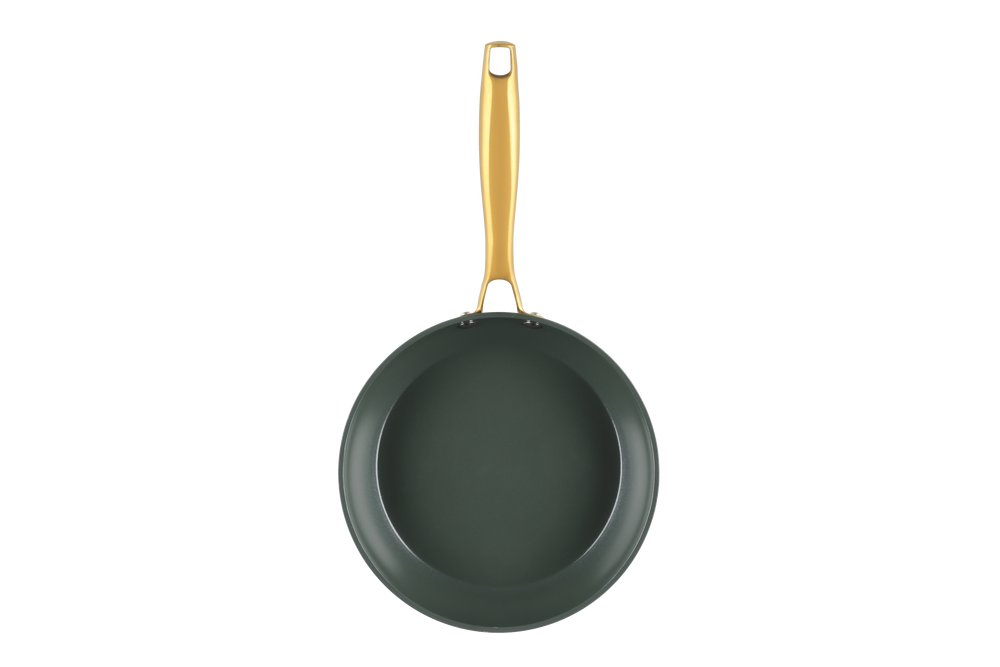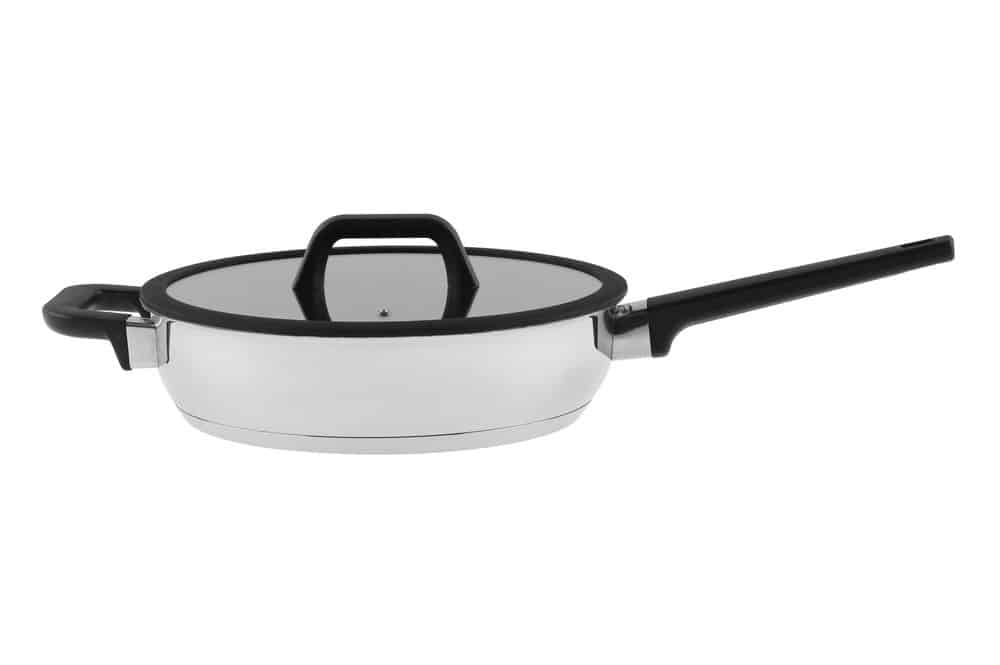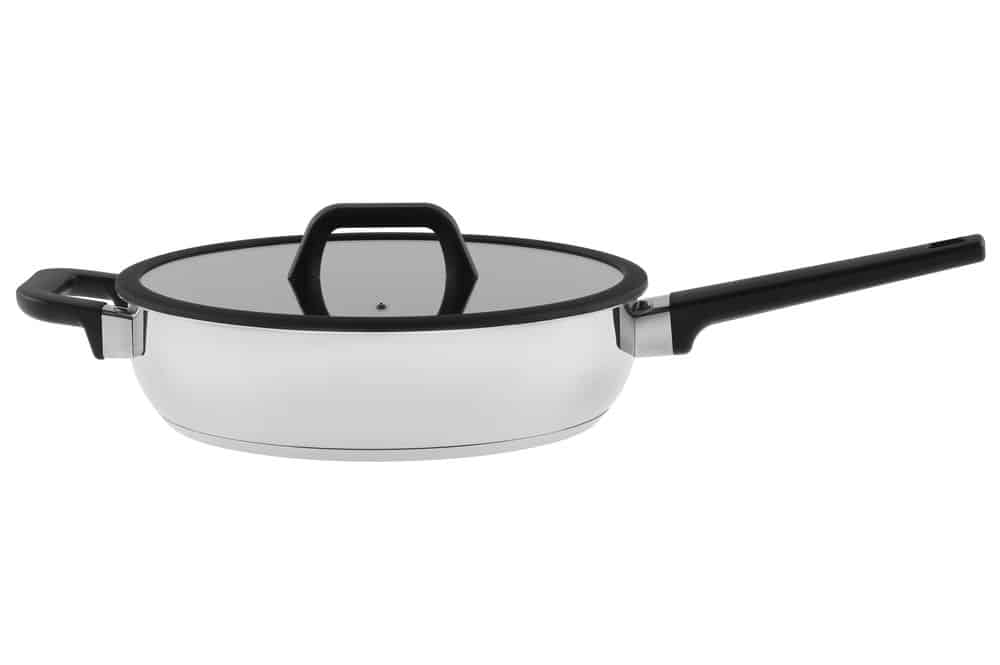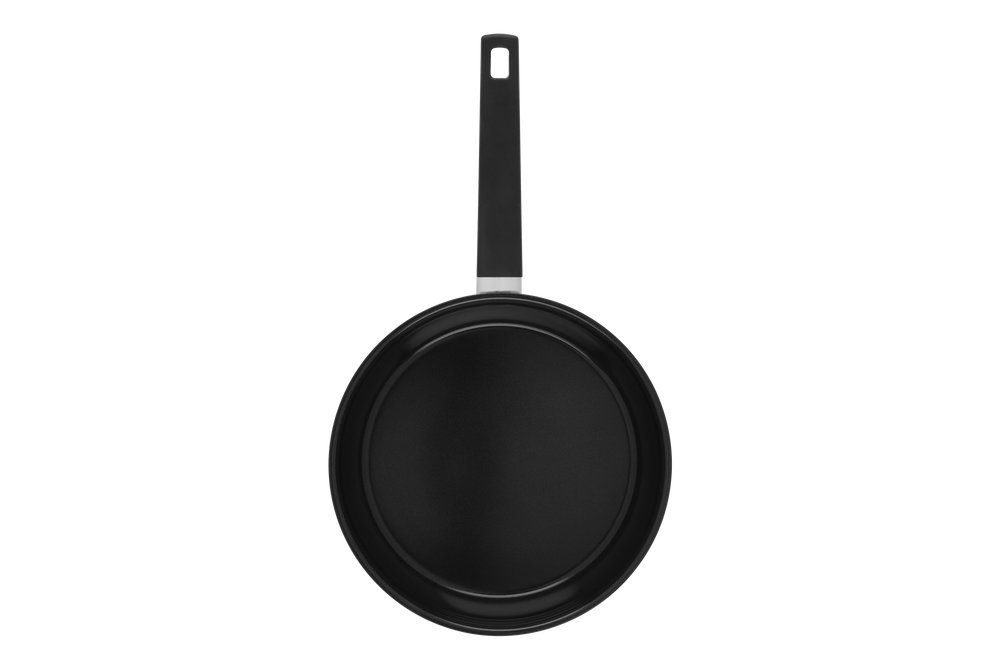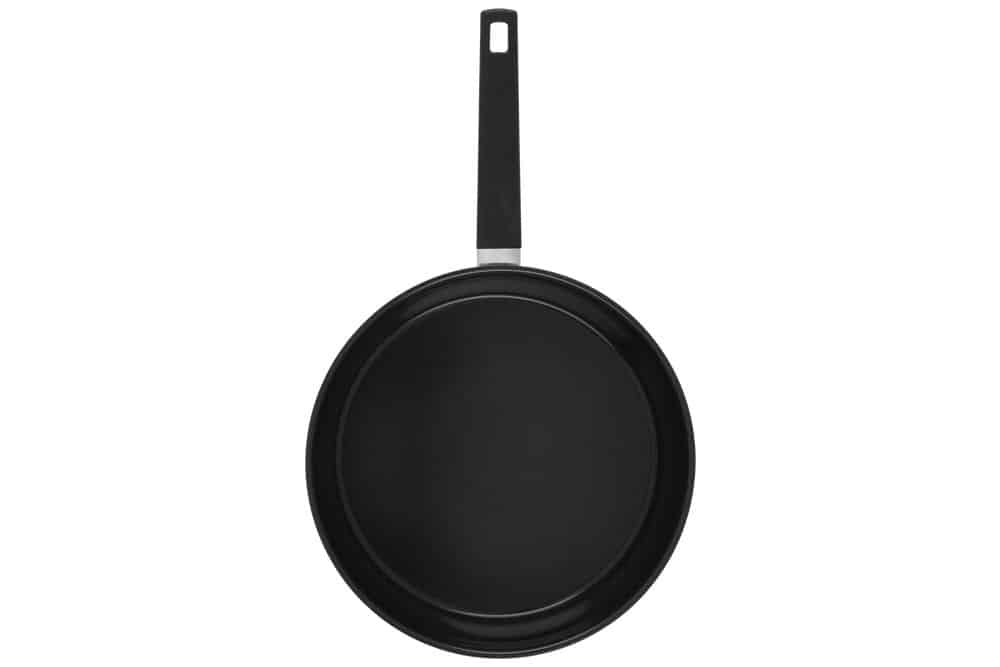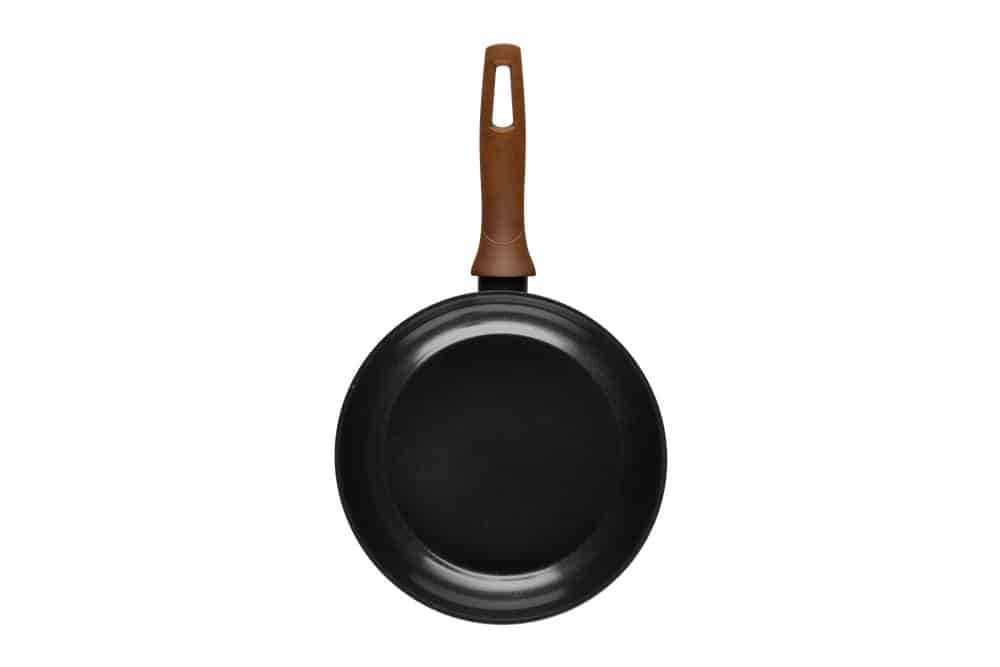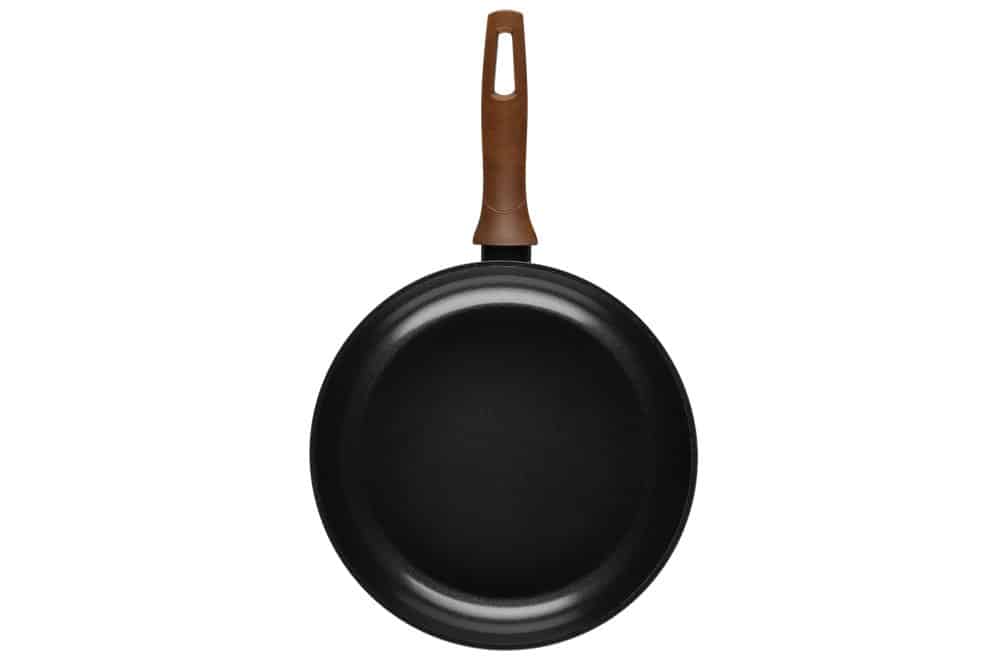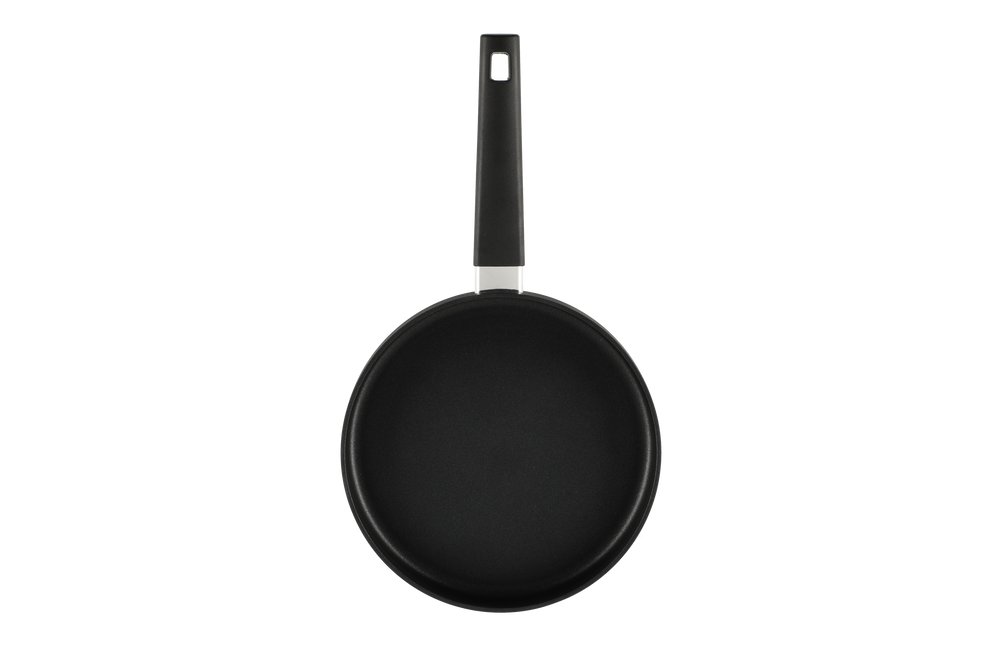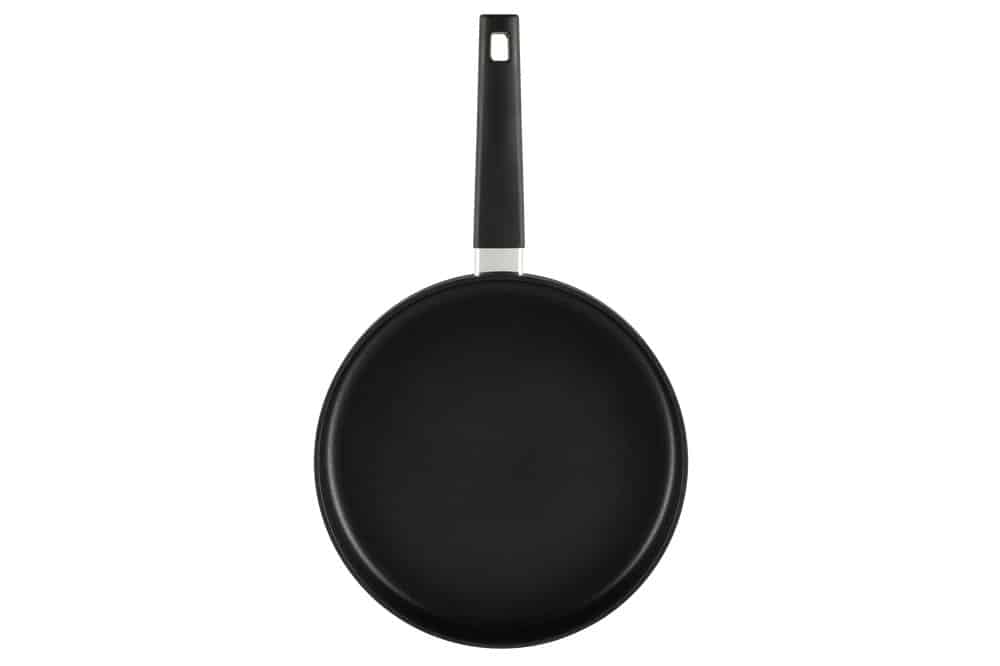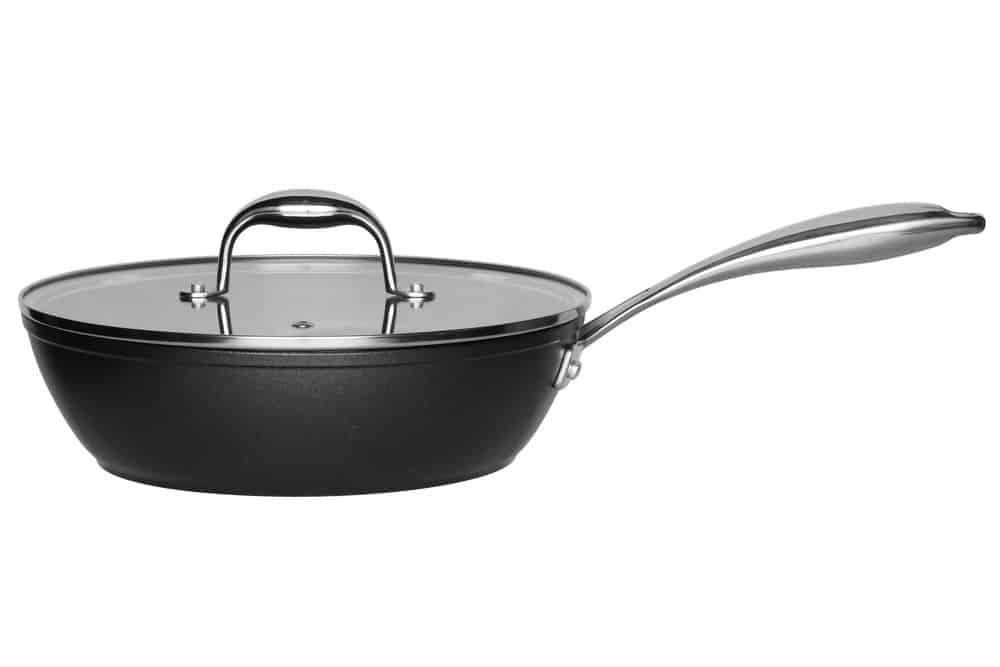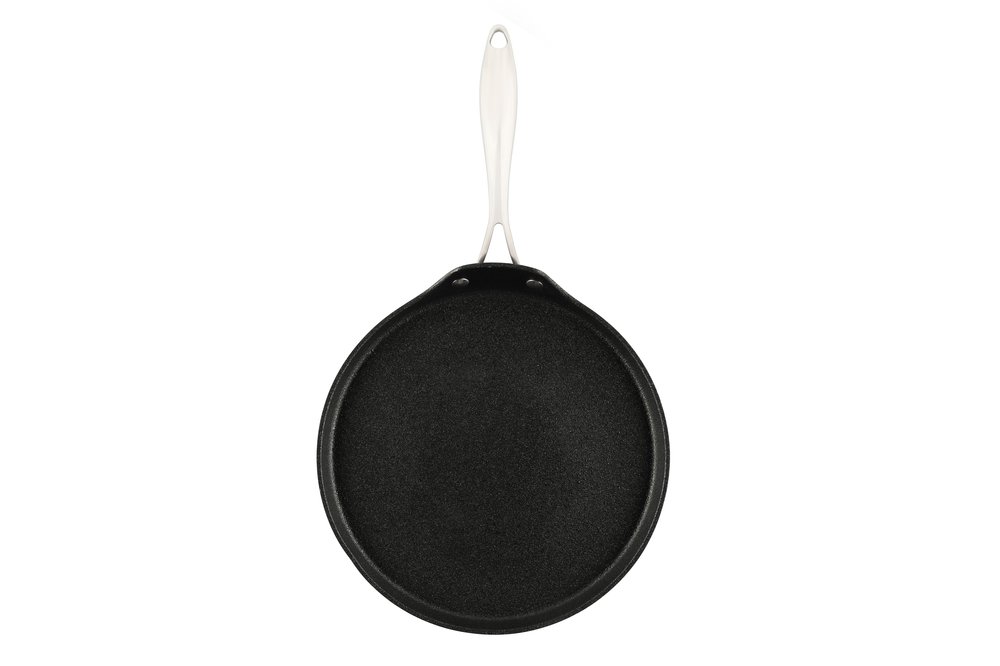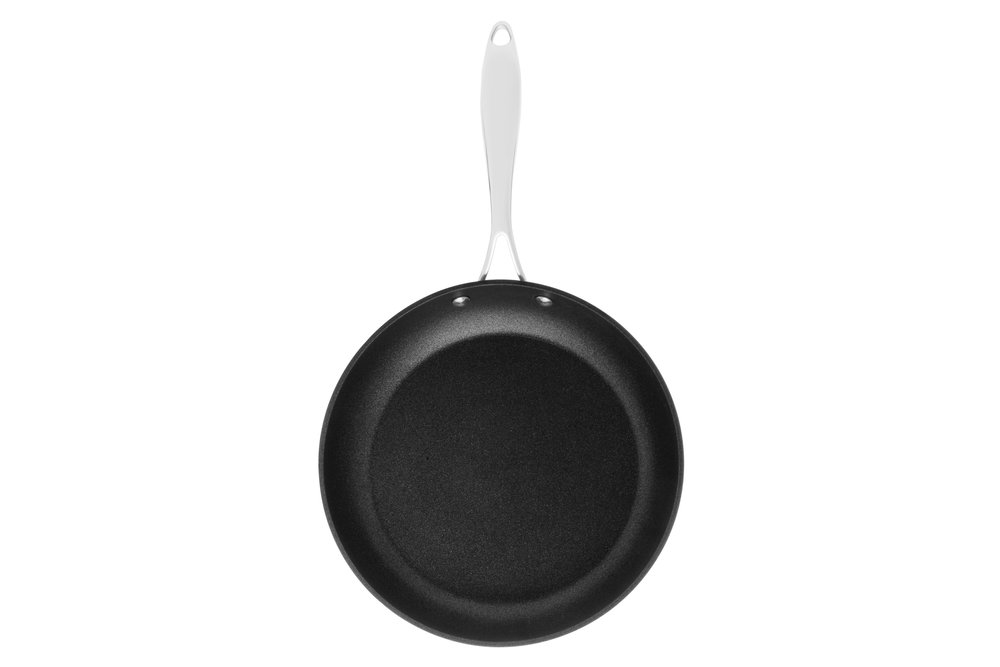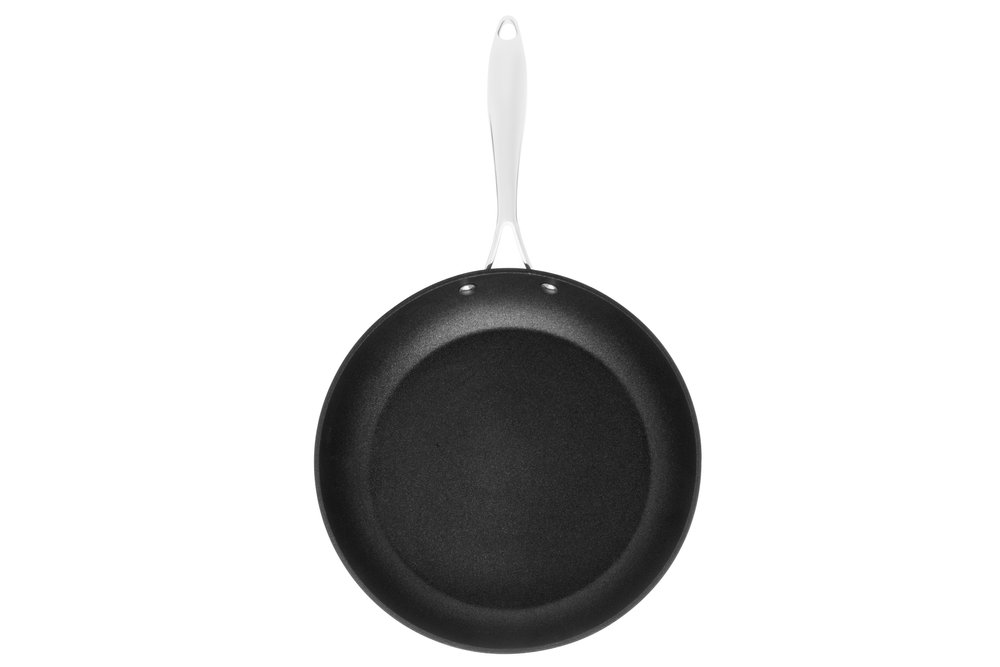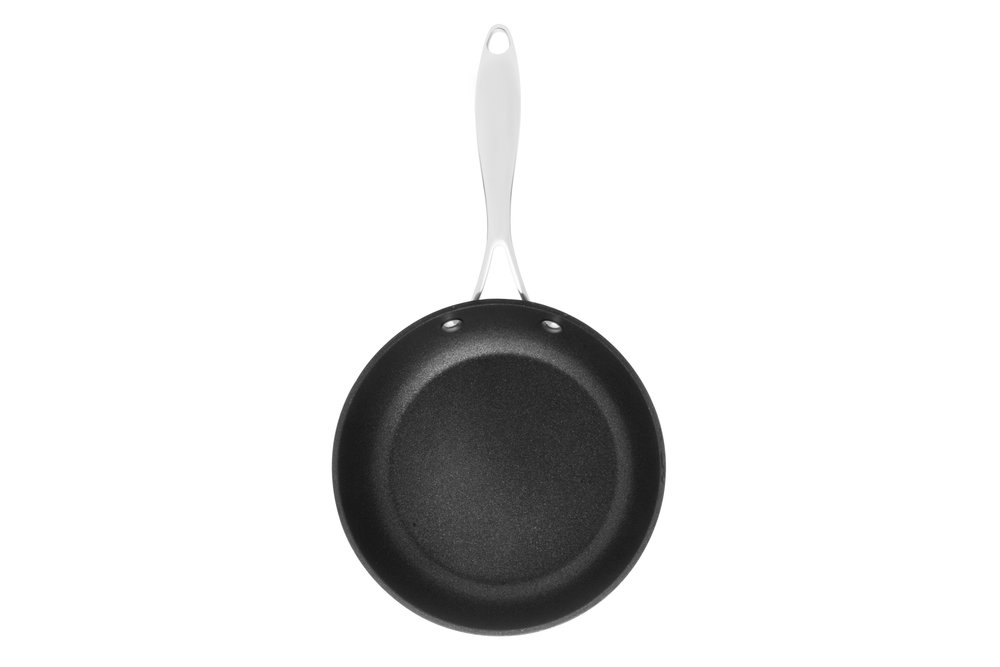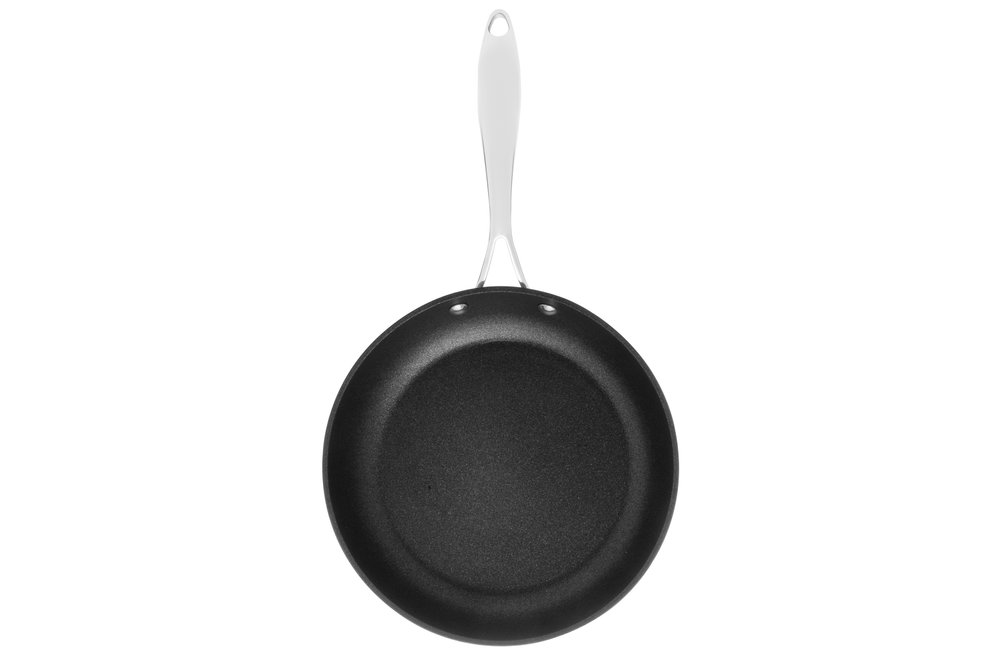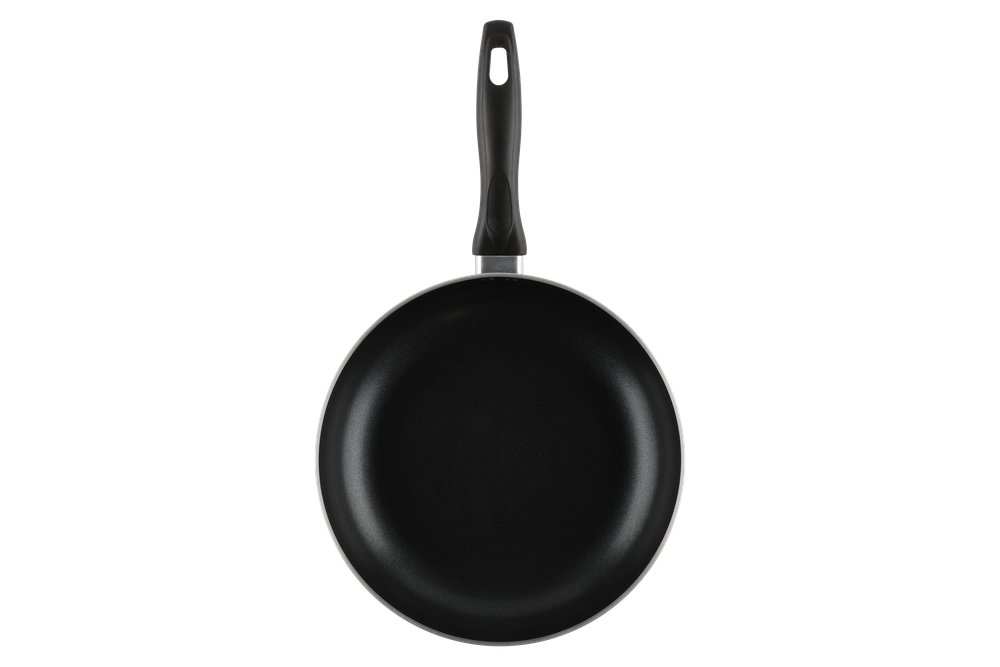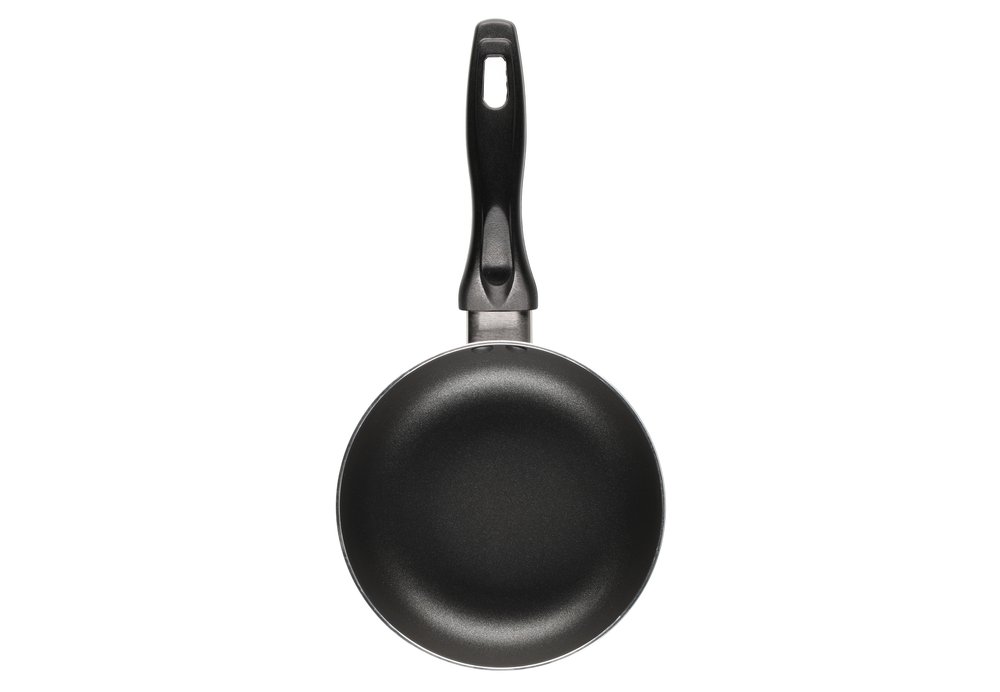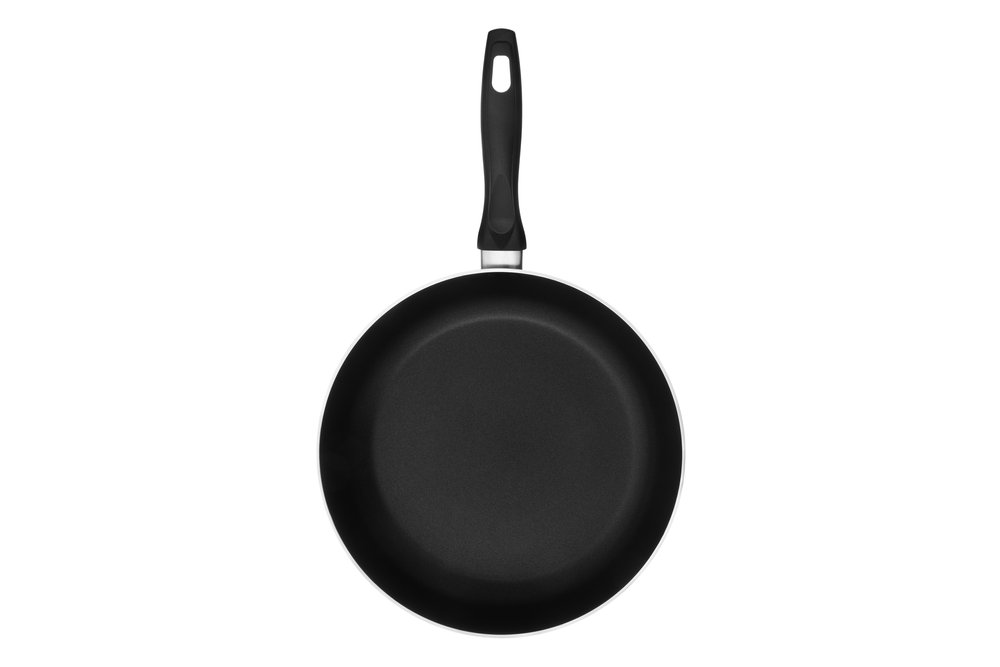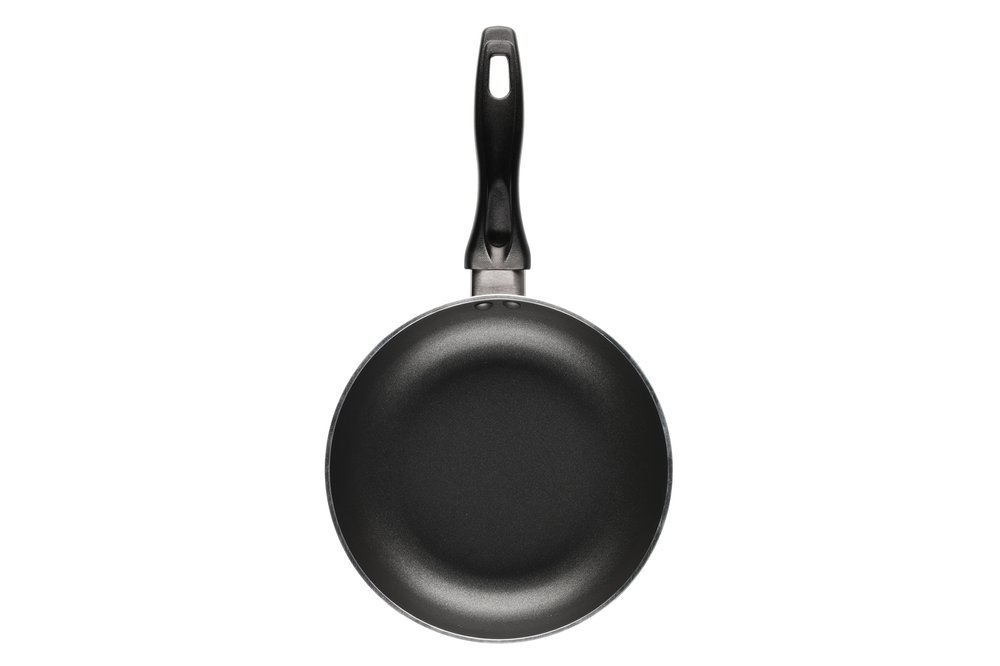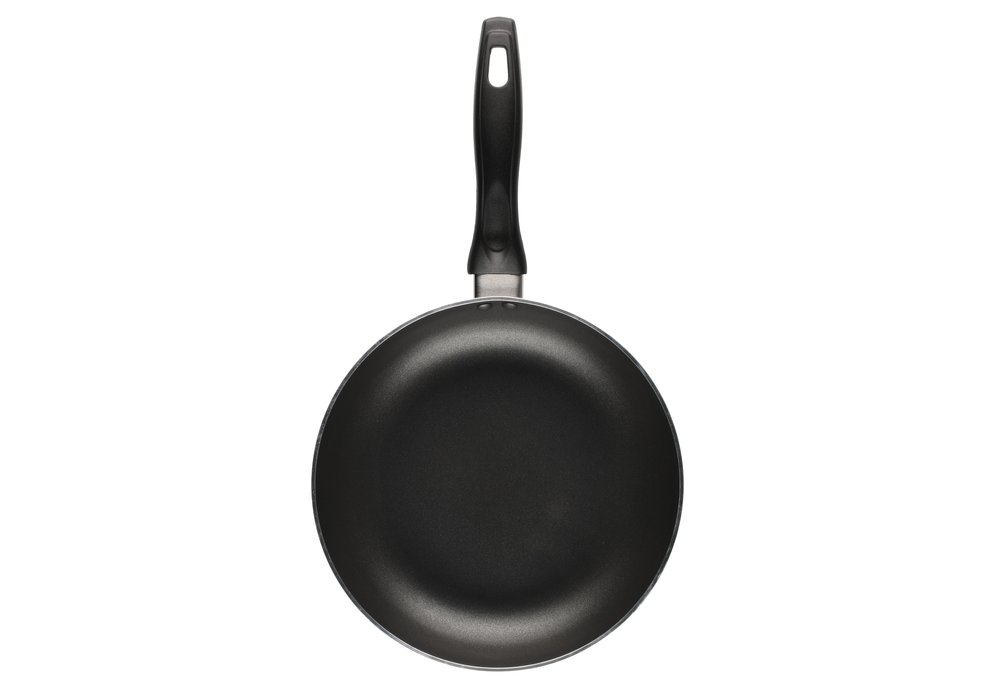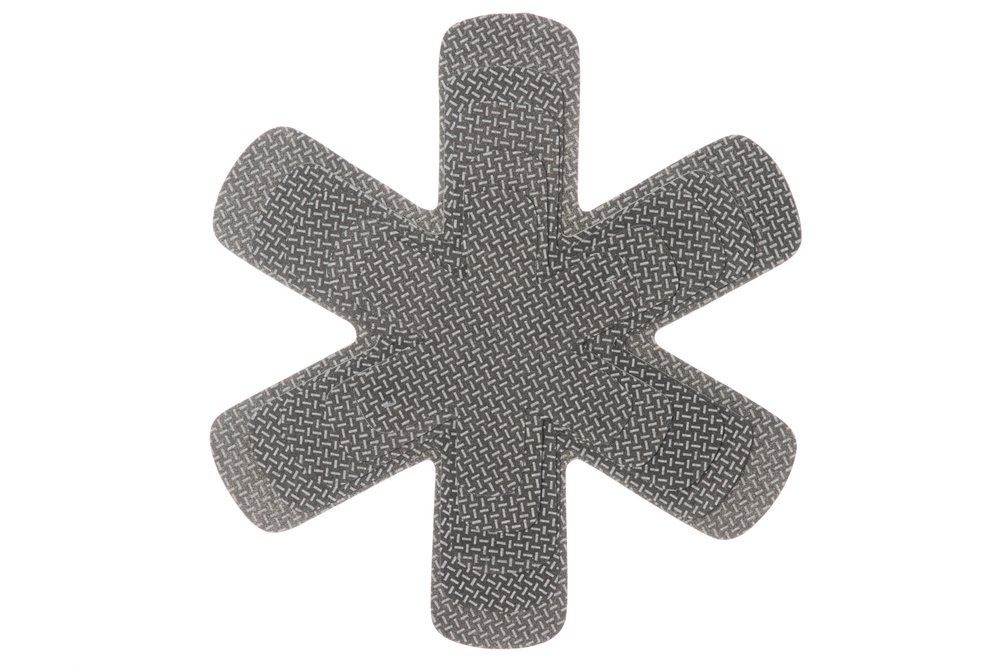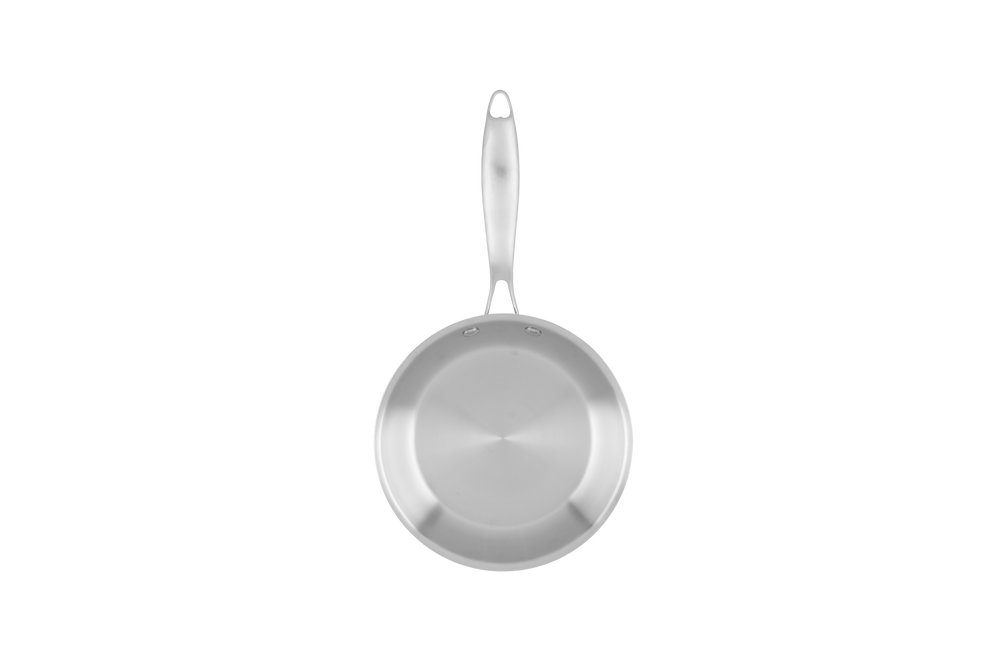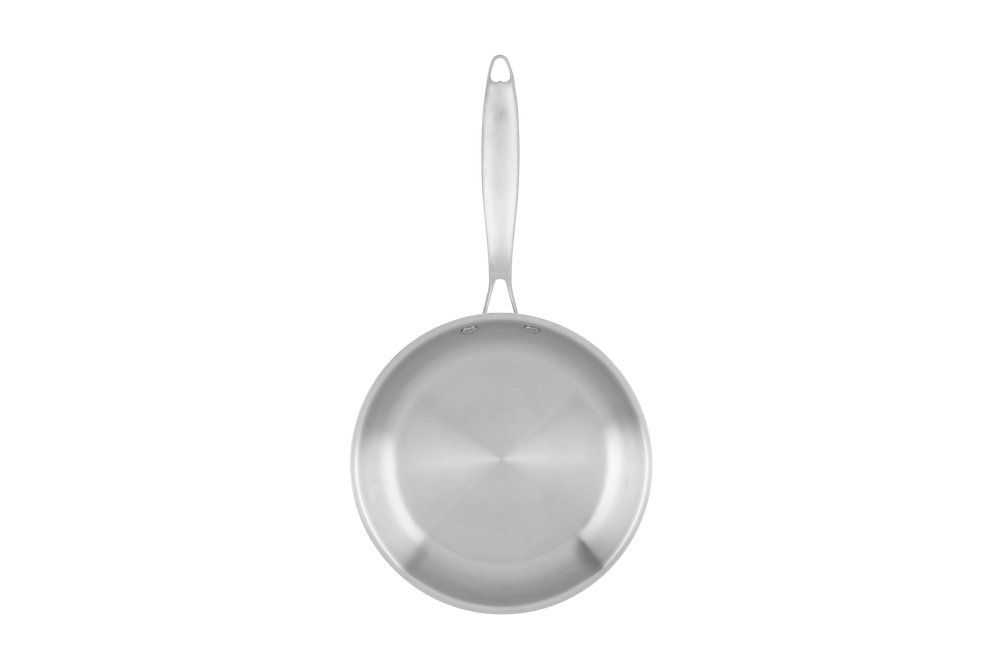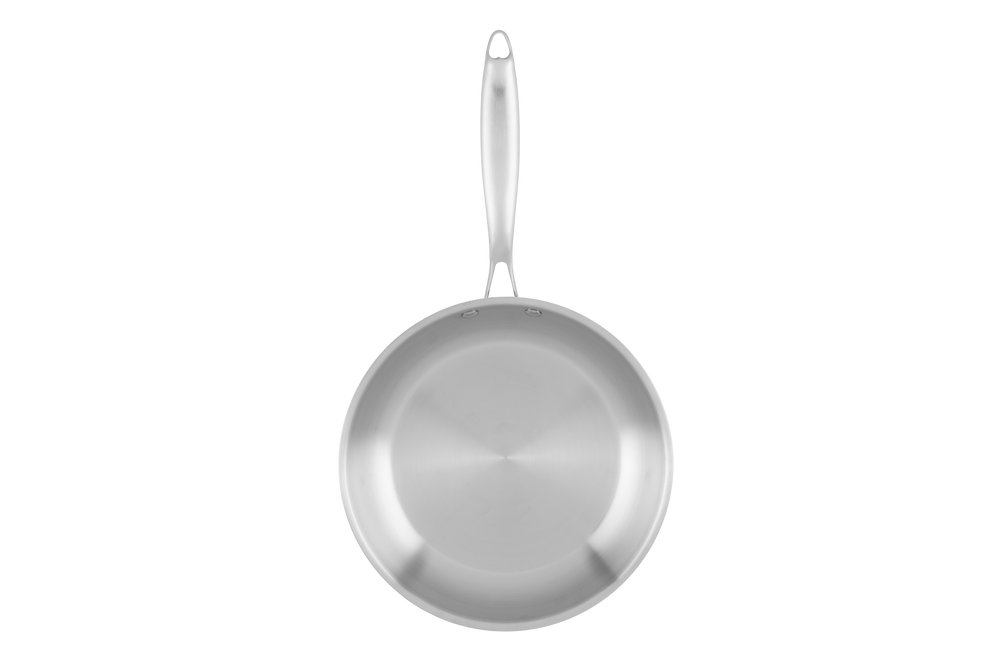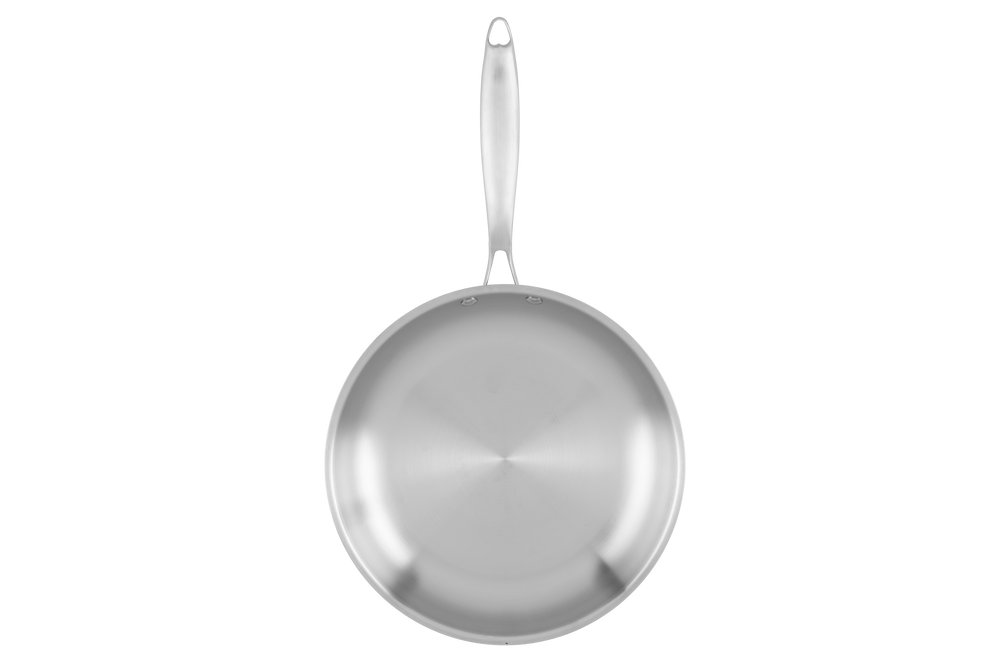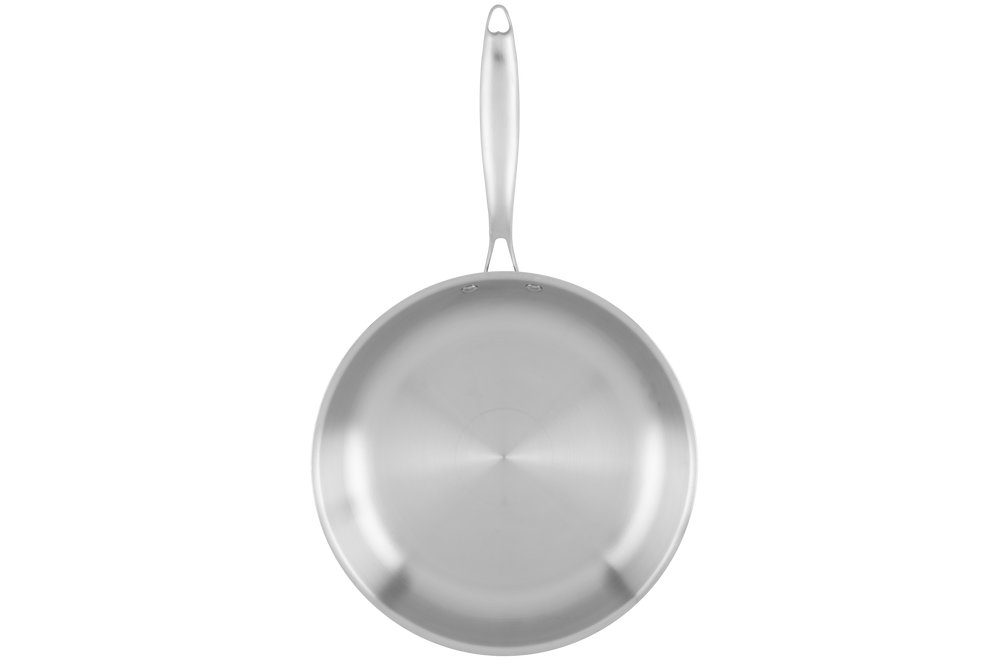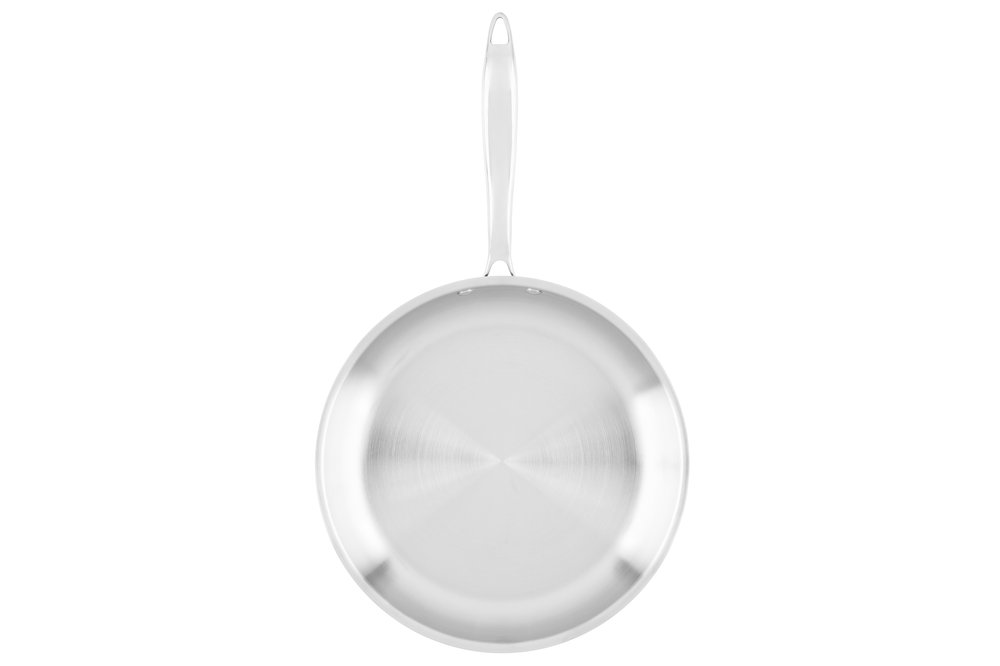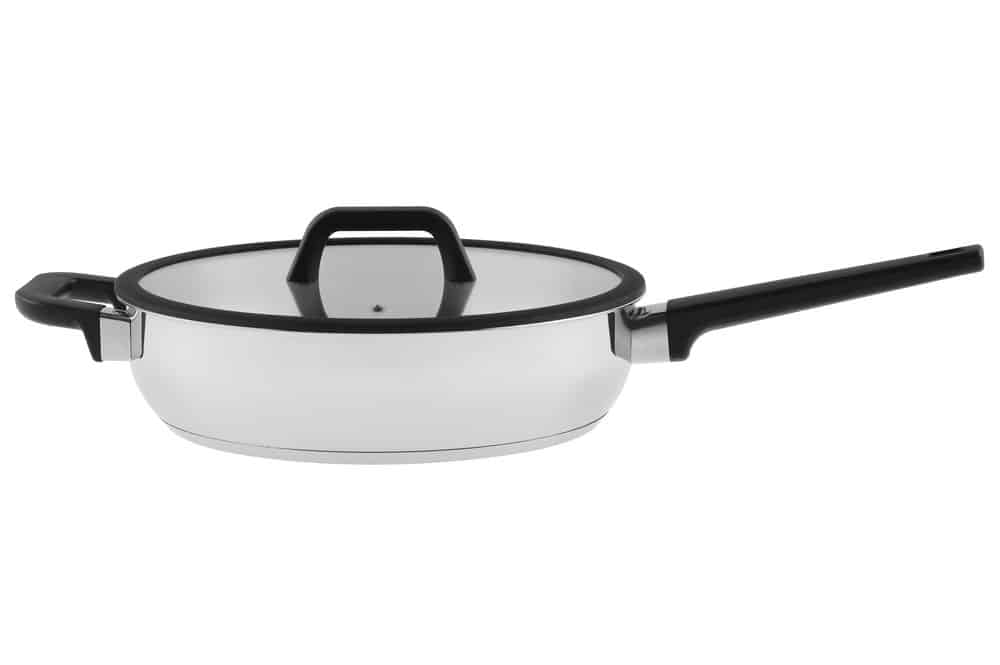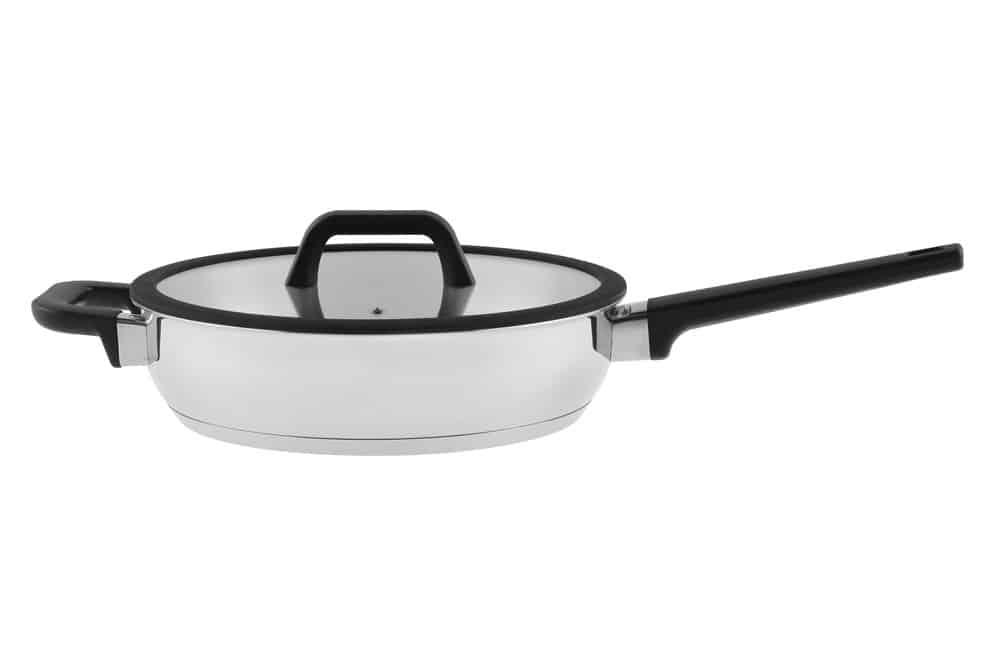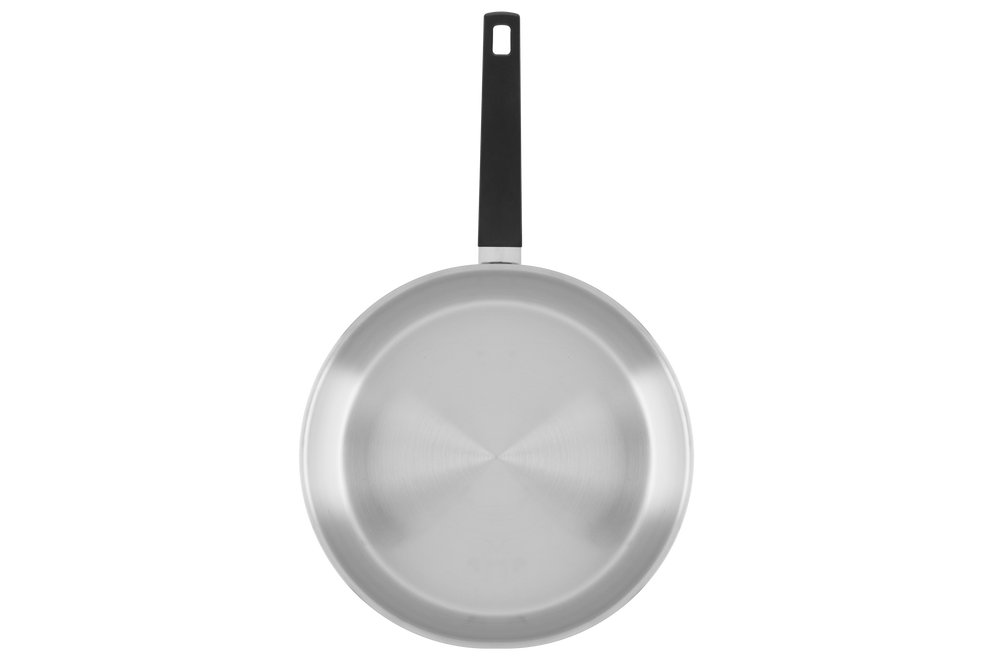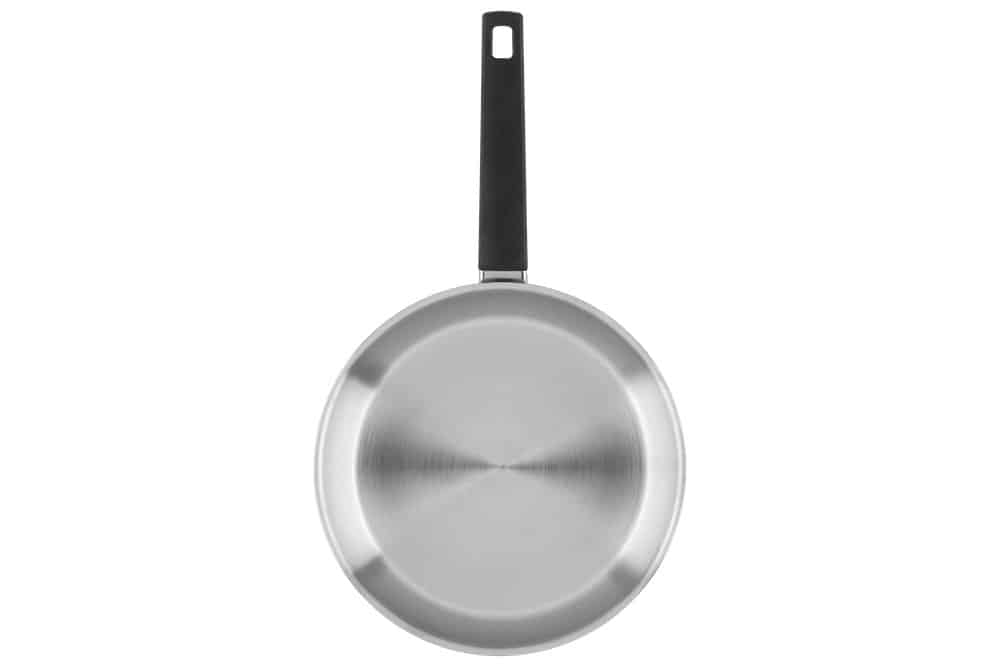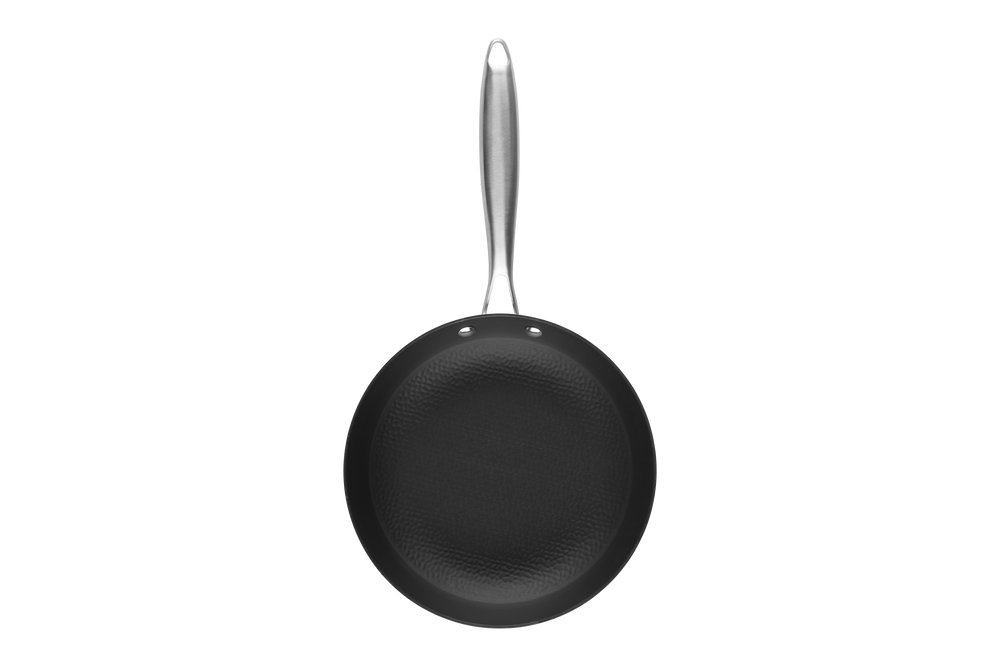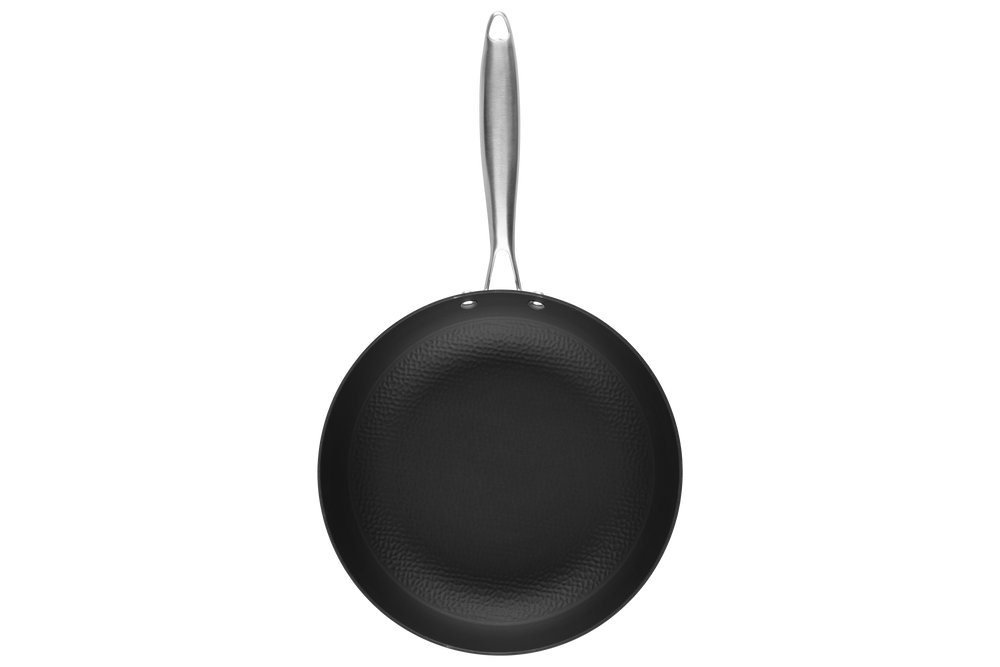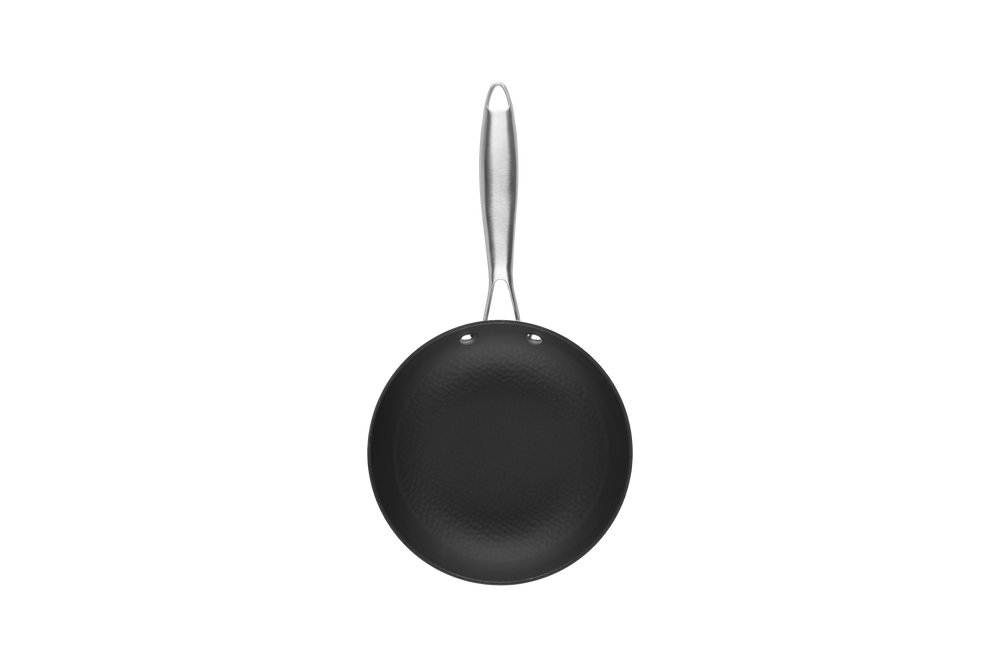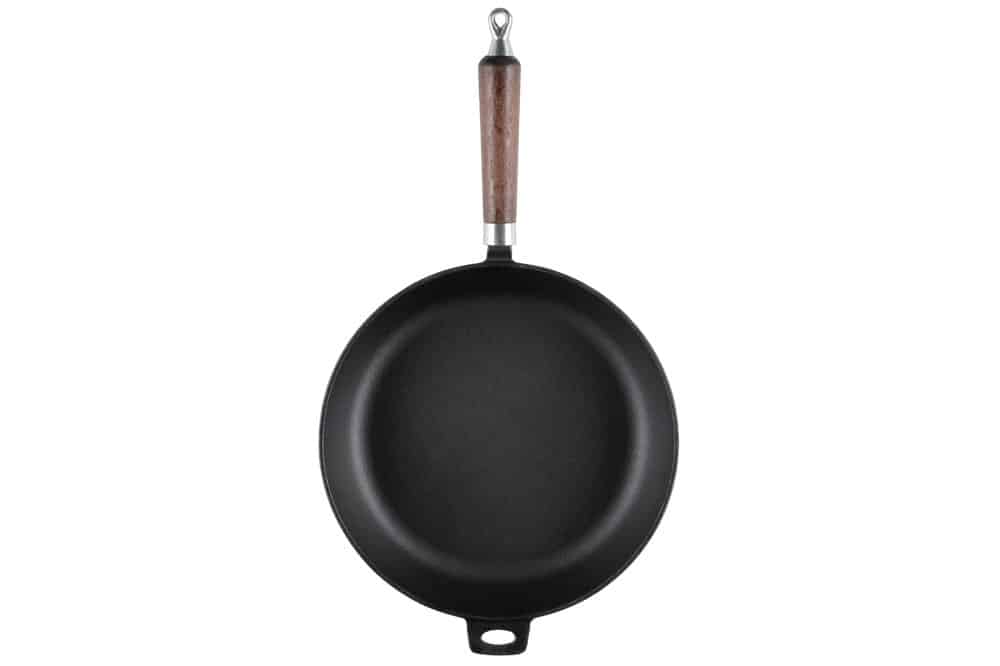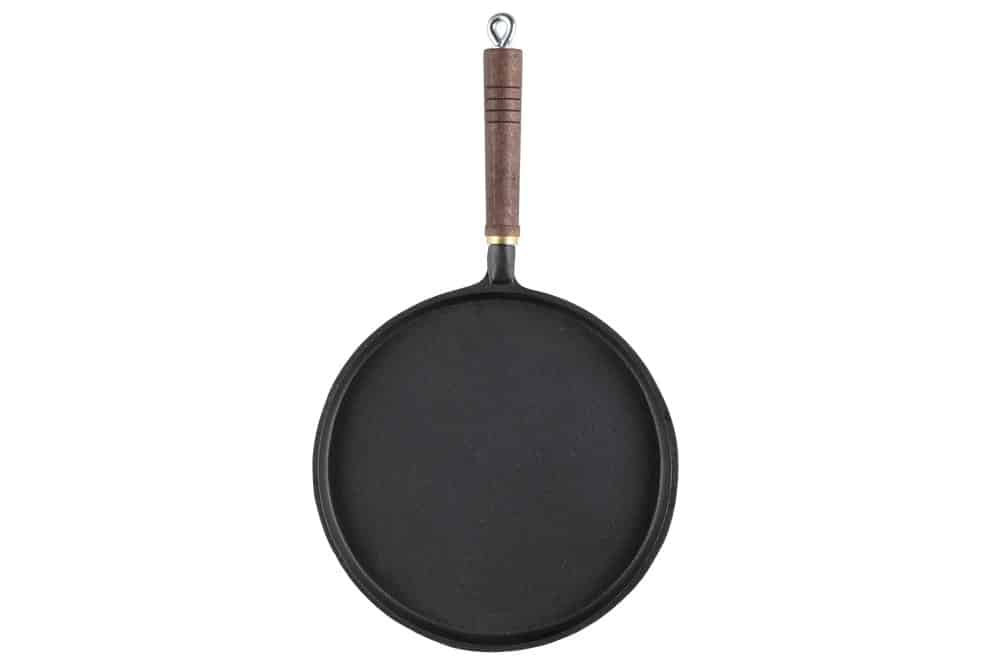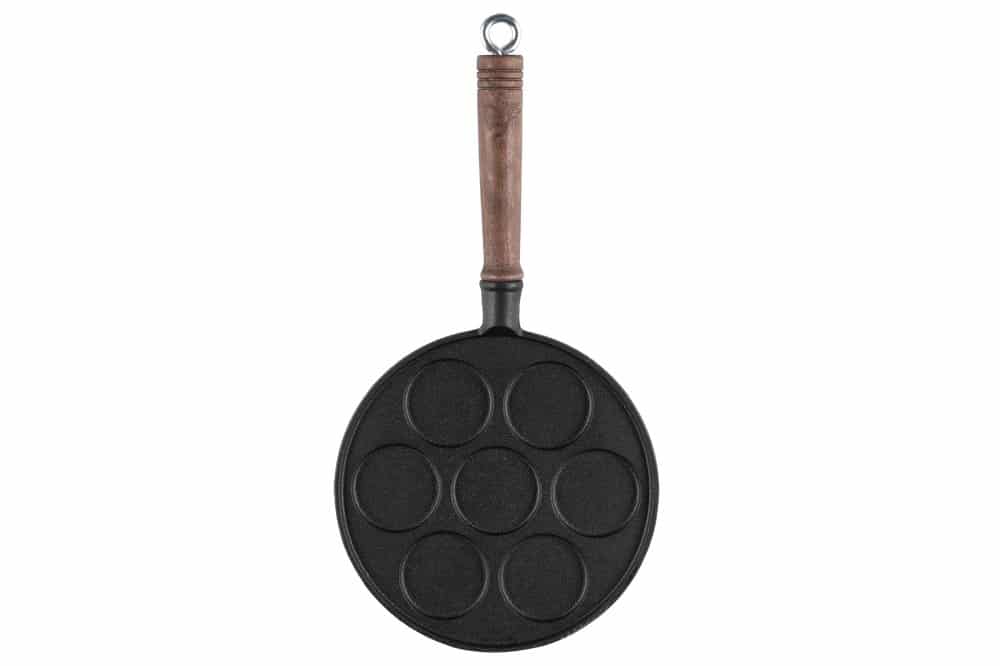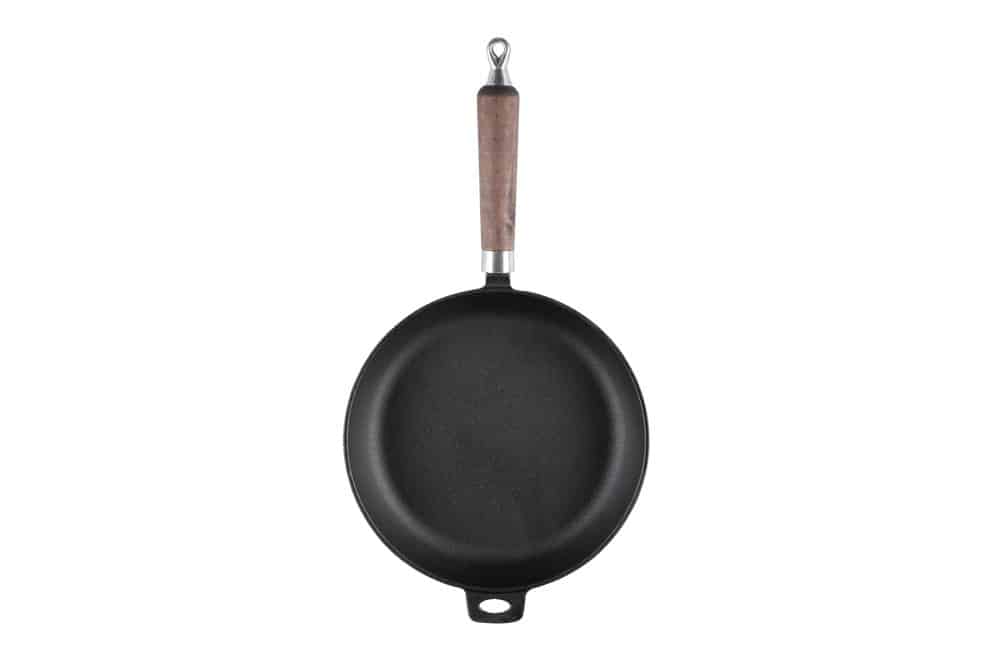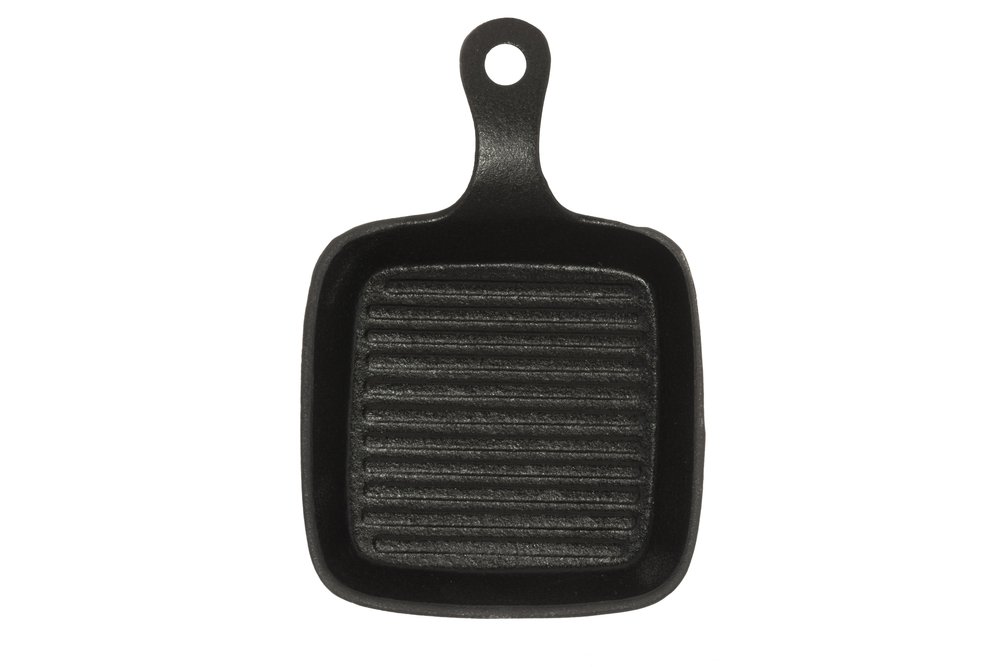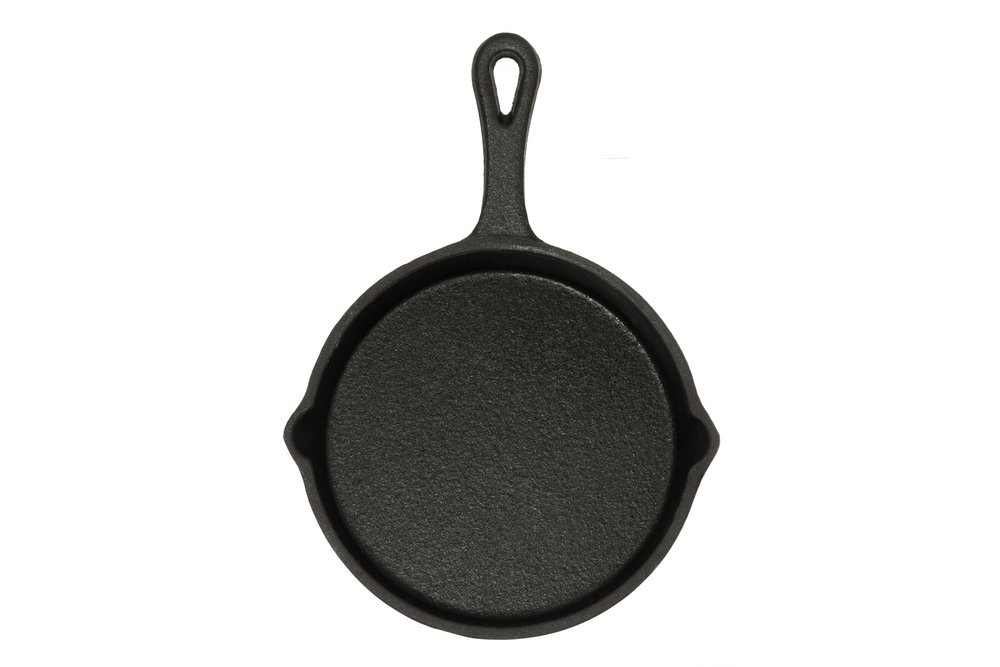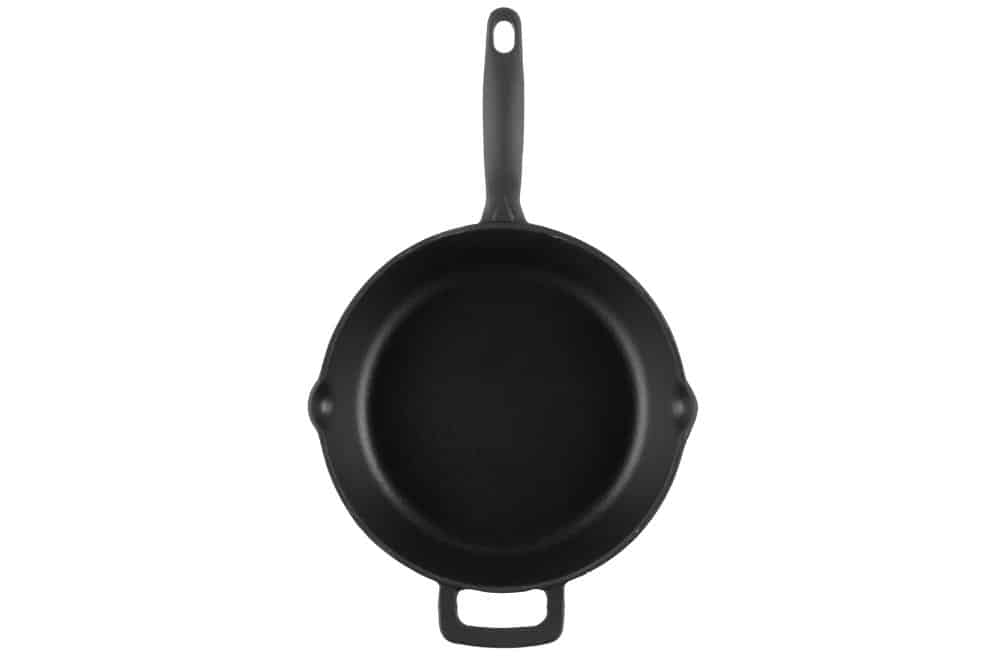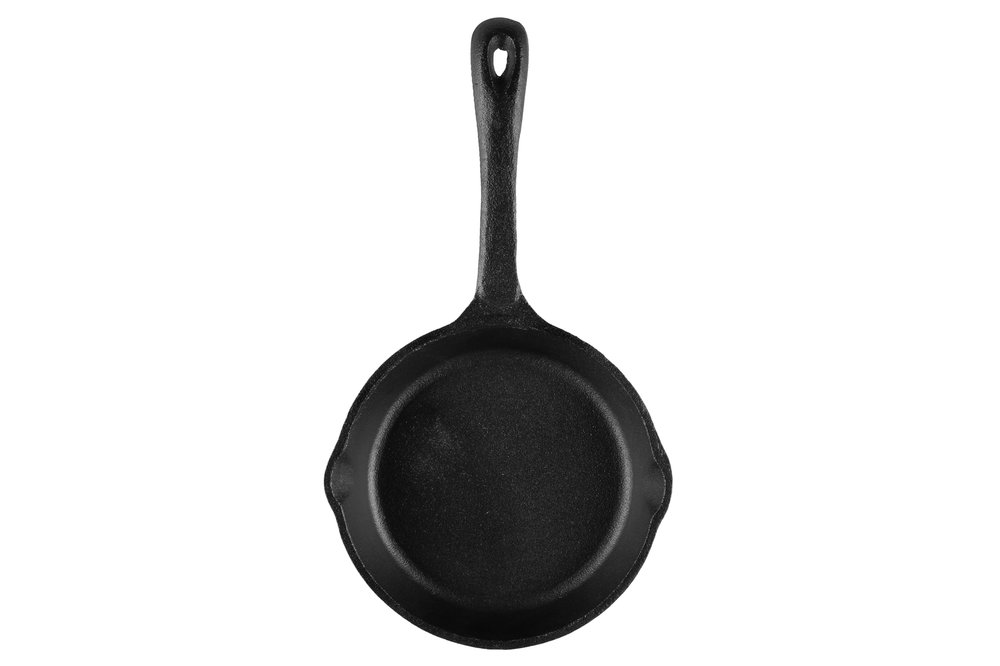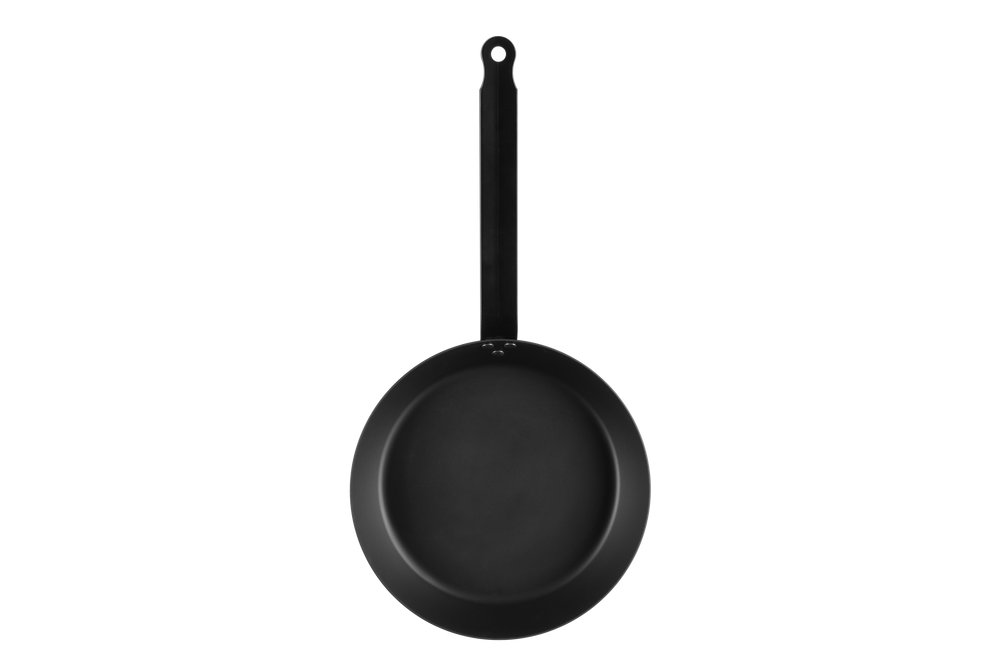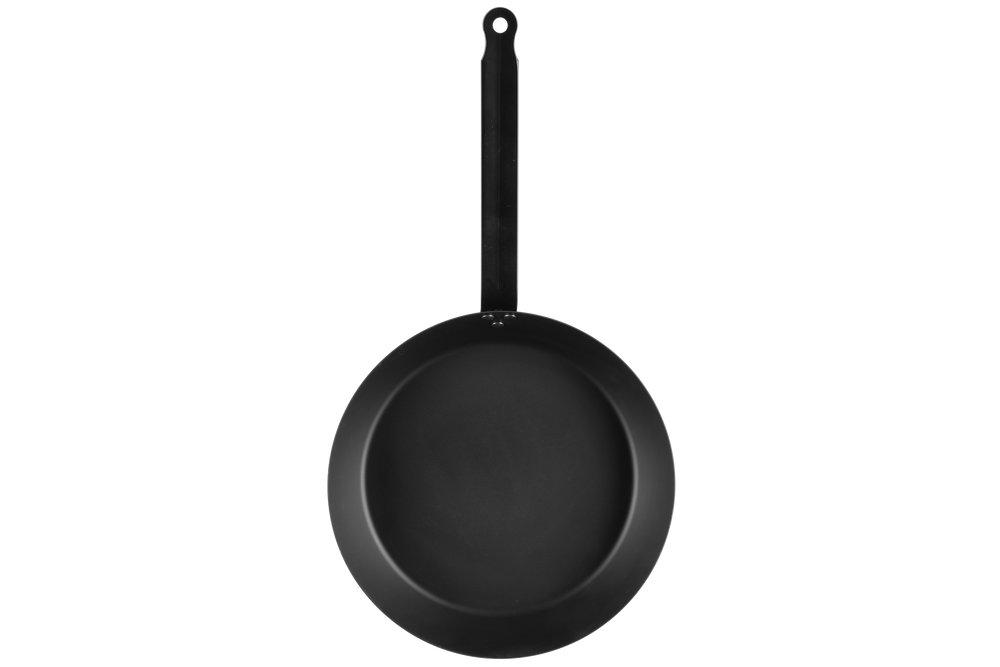What kind of fry pan is right for you?
Cooking styles are many – and so are fry pans. But what kind of pan is the right one for you?
Types of fry pans
Fry pans come with a variety of special features that affect how they are used. However, when choosing a fry pan, it’s best to start by considering the type of pan.
Most fry pans fall under four basic categories:
• Non-stick pans
• Stainless steel pans
• Cast iron pans
• Carbon steel pans
Each type has its own characteristics. Once you find the right type for your needs, you can move on to selecting a pan with special features that best suit your cooking style and your family’s needs.
Most of our baking and cooking sets also include for example pots, saucepans, woks, and casseroles. You can easily find all the products in a series by typing the series name into the search. On this page, you’ll find examples of other products belonging to the Basic and Ease cooking and frying series.
Teresa Välimäki
The Choosing the right fry pan page was created together with top chef Teresa Välimäki to help you find the fry pan that best suits you.
Teresa’s expertise and tips on using, maintaining, and storing different fry pans will help you succeed in frying various foods and extend the life of your pan.
During autumn 2025, we will compile all of Teresa’s tips, recipes, and videos on one page. Be sure to check it out – it will be full of inspiration and professional ideas for your kitchen and table settings.
Features
- Easy to use and versatile.
- Coating prevents food from sticking.
- Requires little fat for frying.
- Great for delicate foods like eggs and fish.
- Easy to clean, no special care required.
Things to note:
- Not suitable for food storage.
Care instructions for non-stick pans
Washing:
- Allow the pan to cool before washing.
- Wash with warm water and mild detergent; handwashing is recommended even if dishwasher-safe.
- Use a soft sponge or brush.
Use:
- Only use low or medium heat – high heat can damage the coating.
- Add fat to a cold pan before heating, as overheating an empty pan may harm the coating.
- Use wooden, plastic, or silicone utensils – metal utensils may scratch the coating.
- Do not heat an empty pan for long periods.
Care:
- Store carefully, avoid stacking pans without protection.
- Check the condition of the coating; if scratched or no longer non-stick, it’s time to replace the pan.
Washing:
- Allow the pan to cool before washing.
- Wash with warm water and mild detergent; soak if necessary. Prefer handwashing even if dishwasher-safe.
- Use a soft sponge or brush.
Use:
- Only use low or medium heat – high heat may damage both the coating and the pan.
- Add cooking fat to a cold pan, do not overheat.
- Use wooden, plastic, or silicone utensils.
Care:
- Store carefully, avoid stacking pans without protection.
Explore our non-stick pans
Gastro Plus - ceramic
Foodie
Fusion
Fry pan purple
Fry pan green
Ease - ceramic
Patron
Graphene
Robuste
Basic
Pan protector
Other products in the Basic cooking and frying series
Features
- Versatile
- Durable and scratch-resistant.
- Fry with less heat and less energy.
- Withstands high temperatures.
- Safe to use with metal utensils and heavy use.
- Does not react with acidic foods.
Things to note:
- Food may stick if not preheated and used properly.
- Requires some practice to master frying.
Care instructions for stainless steel pans
Washing:
- Dishwasher-safe, but handwashing is recommended.
- Use hot water and a dish brush – for tough stains, use baking soda or vinegar.
- For burnt food, soak in hot water and scrub with steel wool if necessary.
Use:
- Preheat pan before adding fat – prevents sticking.
- Allow fat to heat before adding food.
- Suitable for high heat and metal utensils.
- Great for caramelizing and getting a crisp sear, but not naturally non-stick.
Care:
- Avoid sudden temperature changes to prevent warping.
- Keep shiny and clean with baking soda or vinegar.
Discover our stainless steel pans
Gastro Plus
Gastro
Ease
Other products in the Ease series
641600 Ease fry pan ceramic 28 cm
641601 Ease fry pan ceramic 24 cm
645856 Ease saute pan ceramic 26 cm
645857 Ease saute pan ceramic 28 cm
648323 Ease saucepan with lid ceramic 1,4 L 16 cm
635207 Ease saucepan with lid 1,4 L 16 cm
635213 Ease casserole 3 L 20 cm
635214 Ease casserole 5,2 L 24 cm
648328 Ease casserole ceramic 3 L 20 cm
648329 Ease casserole ceramic 5,2 L 24 cm
Features
- Strong and durable.
- Distributes heat evenly and retains heat well.
- Handles high heat.
- Creates an excellent sear.
- Suitable for all stovetops.
- Extremely long-lasting when cared for properly.
Things to note:
- Heavy to handle.
- Not suitable for food storage.
Care instructions for cast iron pans.
Washing:
- Allow the pan to cool before washing.
- Handwash with warm water and mild detergent; dry thoroughly.
Use:
- Heat slowly over medium heat.
- Add water or fat to a cold pan.
- Use wooden or plastic utensils to avoid scratching enamel.
Care:
- Dry thoroughly after washing to prevent rust.
- Store in a dry place.
- No seasoning required for enamel, but you may oil lightly before storing.
You’ll need:
- Cast iron pan
- Cooking oil (rapeseed, canola, flaxseed, or coconut oil) or unsalted lard
- Paper towel or lint-free cloth
- Oven
INSTRUCTIONS:
- Clean the pan
If the pan is new or has food residues, wash it with warm water and mild detergent if needed. Dry thoroughly. - Apply a thin oil layer
Rub a small amount of oil over the entire surface, including outside and handle. Keep it very thin to avoid stickiness. - Heat in oven
Place upside down in oven (with tray or baking paper underneath). Bake at 220–250 °C for about 1 hour. - Cool.
Turn off oven, let pan cool inside slowly. - Repeat if needed
For a stronger layer, repeat 2–3 times.
When done correctly, the surface will be dark, glossy, and non-stick.
Tips:
- Use often – cooking strengthens the coating.
- Avoid soaking or harsh detergents.
- If surface wears down, re-season as needed.
Explore our cast iron pans
Ironlite
Cast iron pans with wooden handle
Cast iron pans
Features
- Sturdy and durable yet lightweight pan.
- Long steel handle.Made of nitrided carbon steel, offering better corrosion resistance and non-stick properties than regular carbon steel pans.
- Heats up quickly and evenly, withstands even high temperatures.
- Provides an excellent searing surface.
- The non-stick surface improves the more you use the pan.
- Suitable for all hob types and oven use up to 220 °C.
- Hand wash with hot water, dry immediately after washing.
Things to note:
- Requires a bit of practice from the user.
Care instructions for carbon steel pans
Washing:
- After use, cool the pan, wash it with hot water and dish brush and dry it thoroughly.
- Do not soak the pan.
- Never use dishwashing liquid or wash the pan in the dishwasher.
Use:
- Place the pan on the hob and heat.
- Add plenty of butter or oil to the hot pan.
- Add the food to be fried to the pan. Let the food fry in peace and allow the food to form a desired surface before turning it. This way it won’t stick to the pan and will cook properly.
- Once the desired crispness is achieved on both sides, turn down the heat. This way the food will cook from the inside until done (e.g. meat or chicken).
Care:
- Seasoning is not necessary, but a natural non-stick coating will form on the pan when oil or butter is heated repeatedly. This prevents corrosion and the food from sticking to the surface.
Before first use:
- Clean the pan with hot water and a dish brush.
- Dry the pan thoroughly.
- Oil the surfaces and heat the pan until smoke appears.
- Carefully remove the oil from the pan and wipe the pan with a paper towel.
